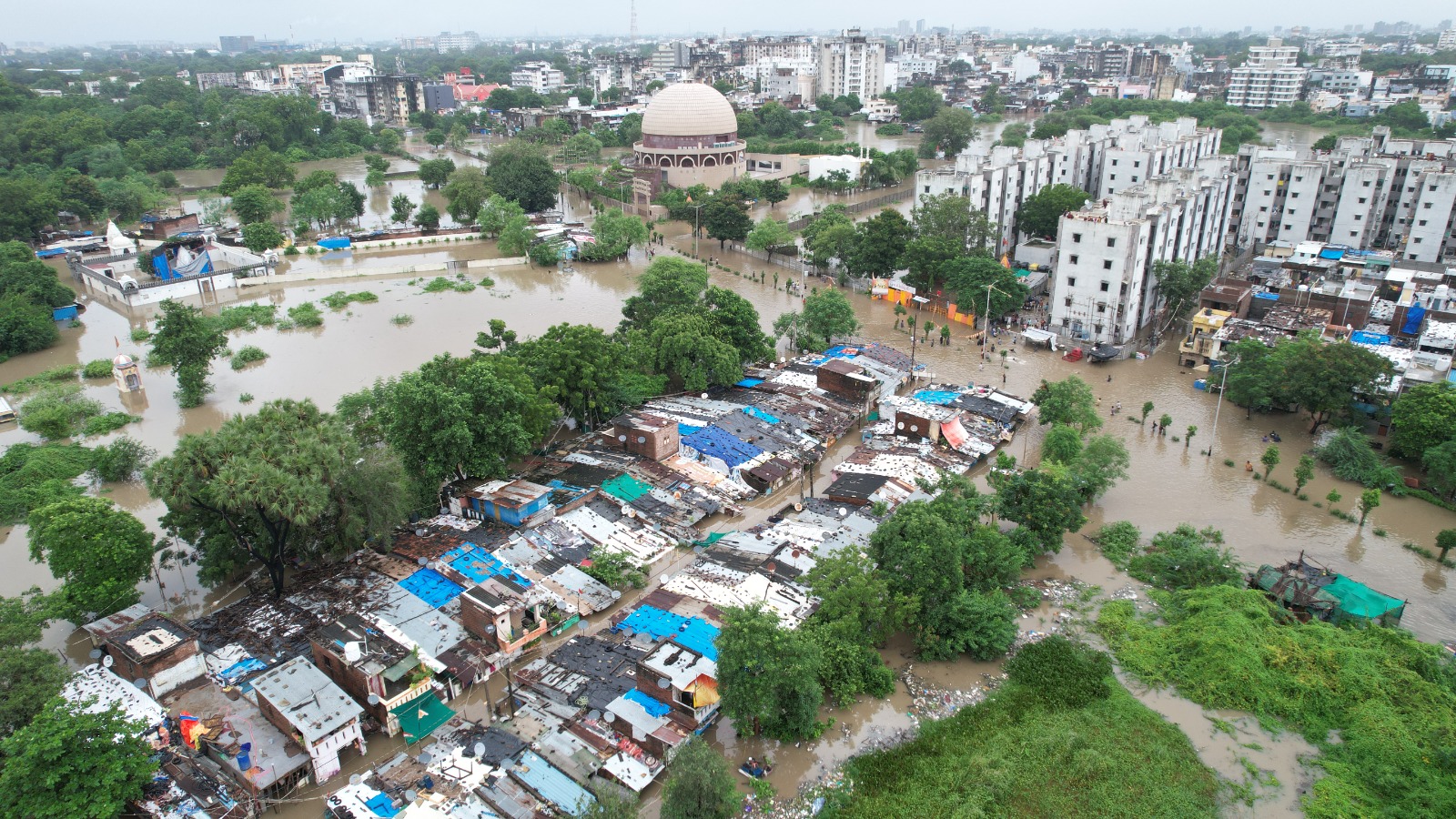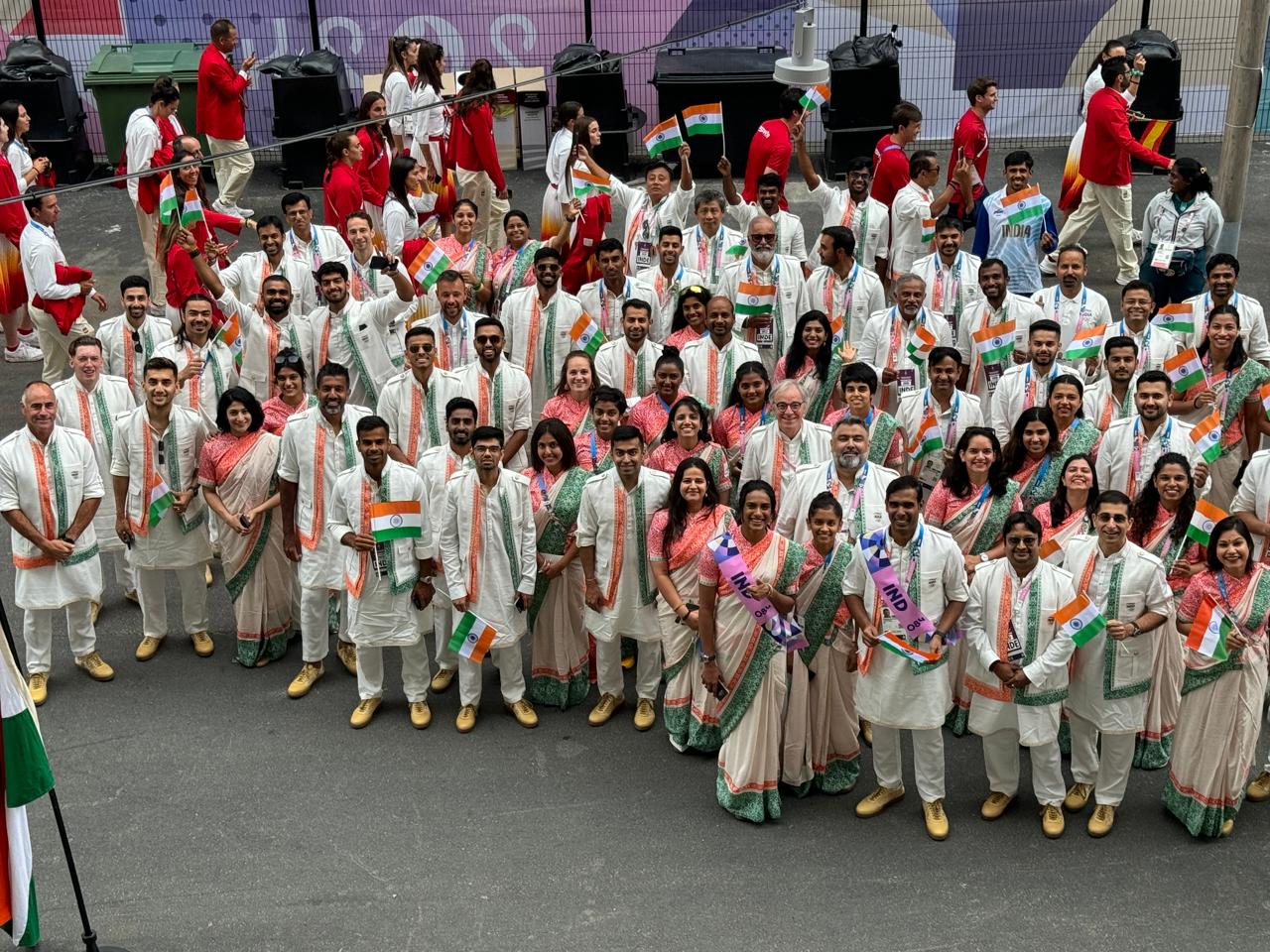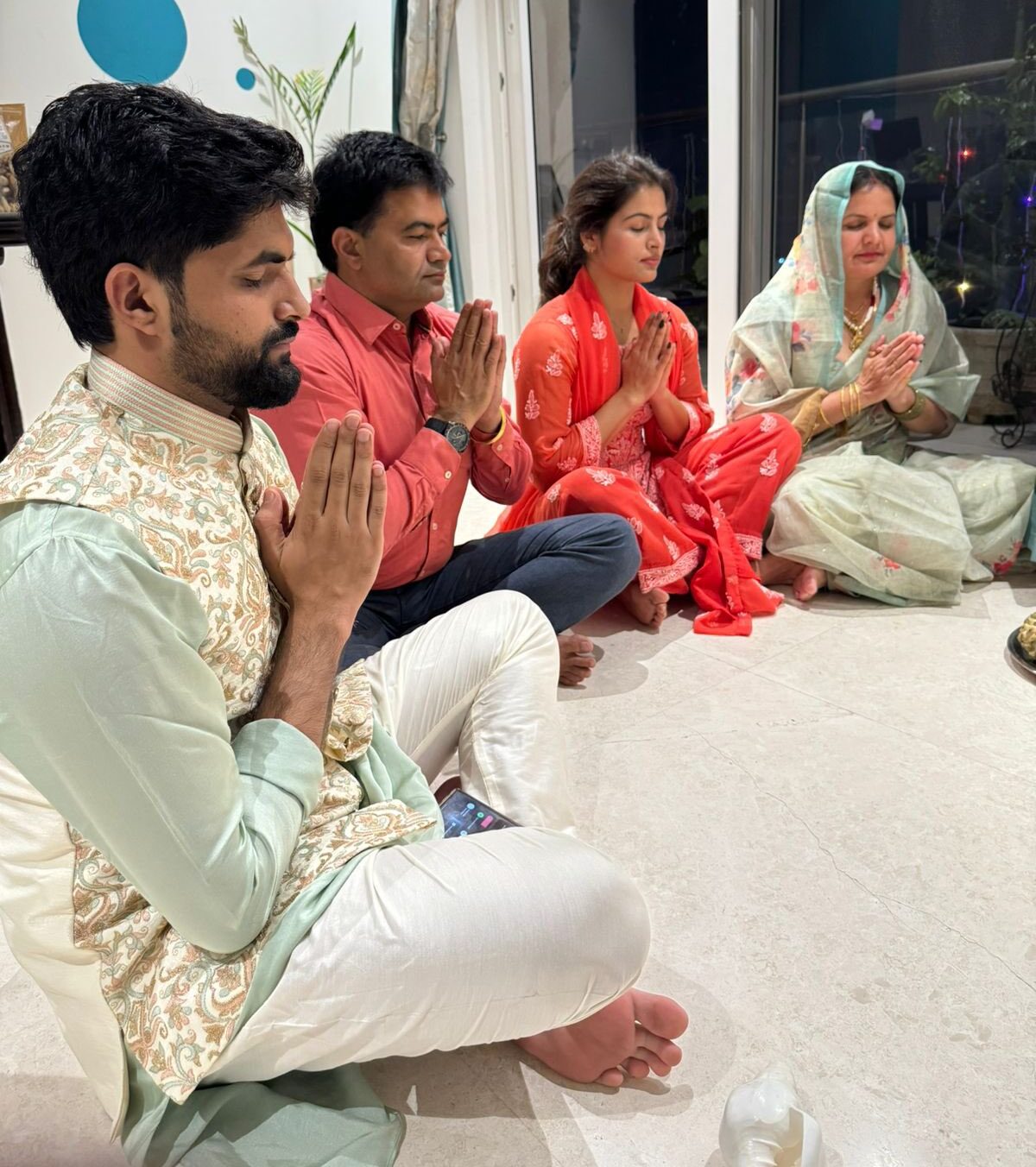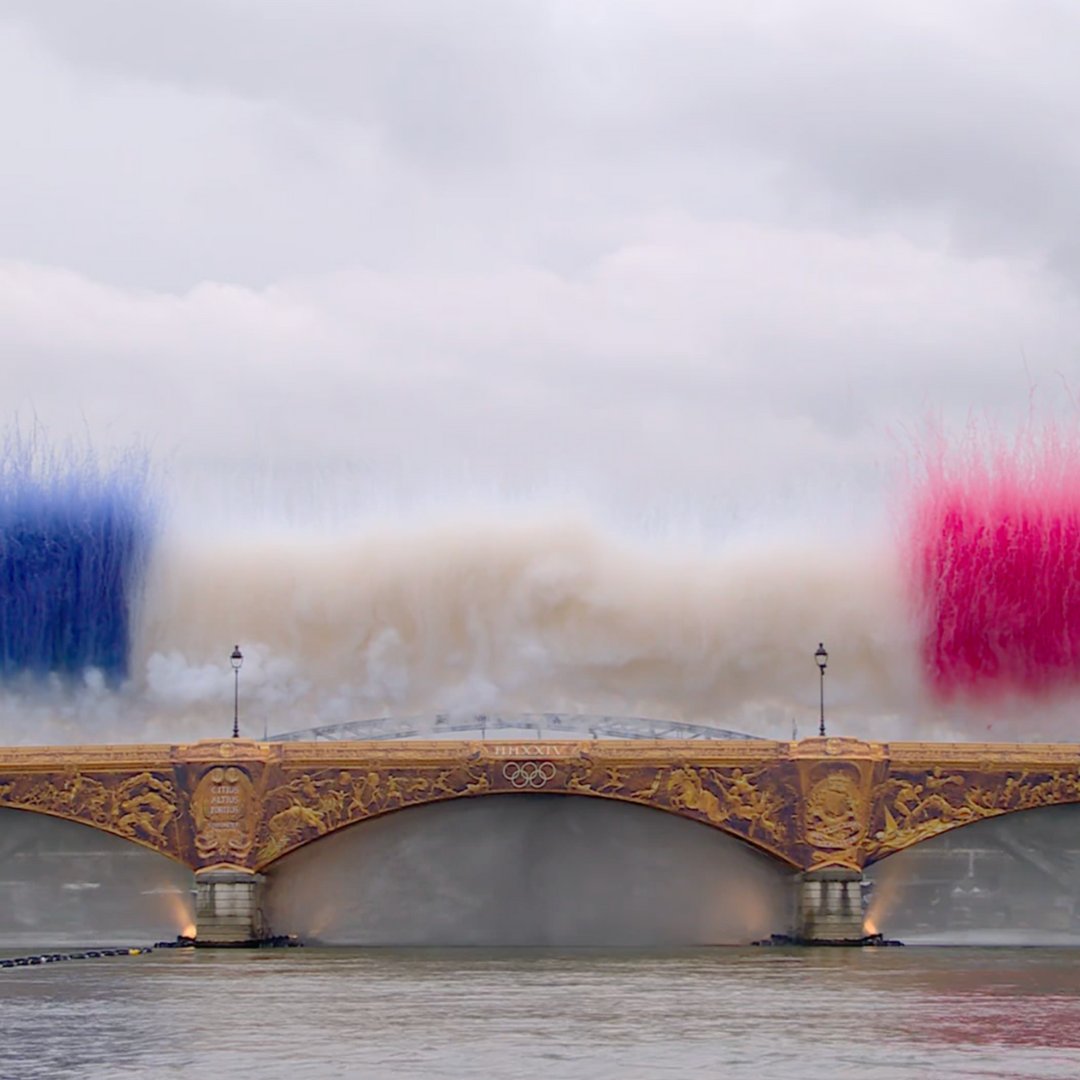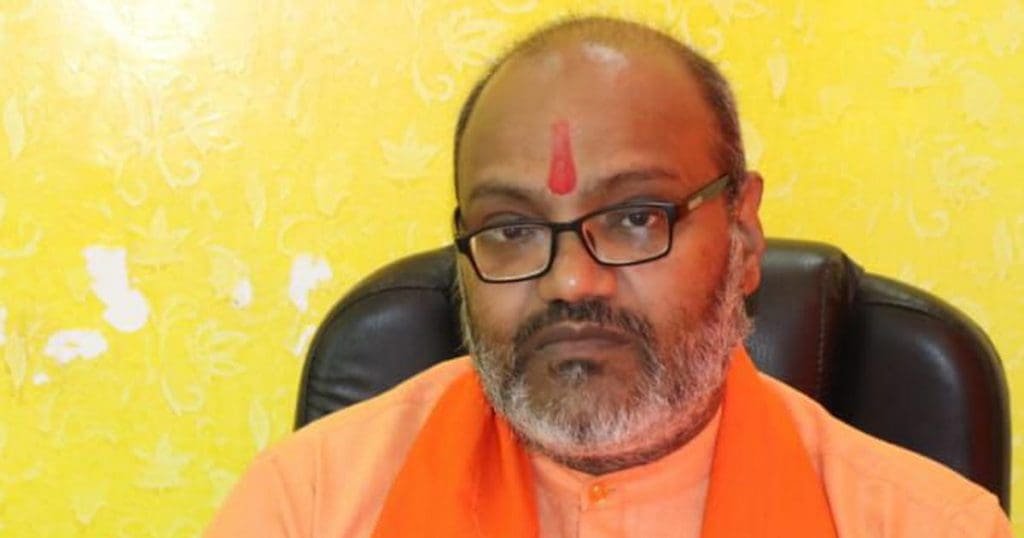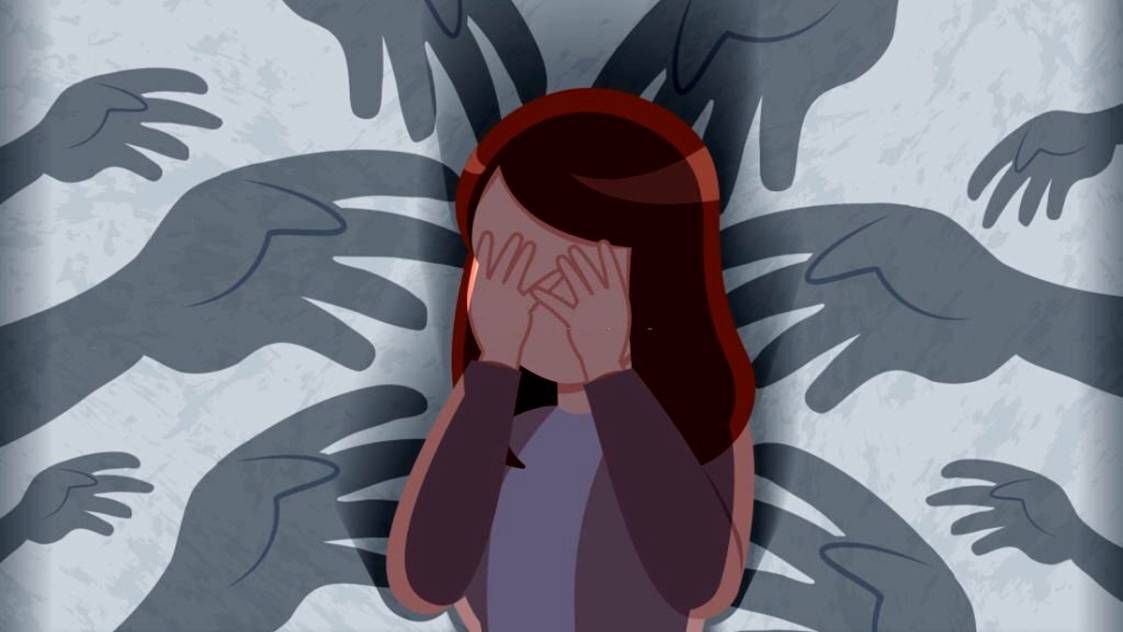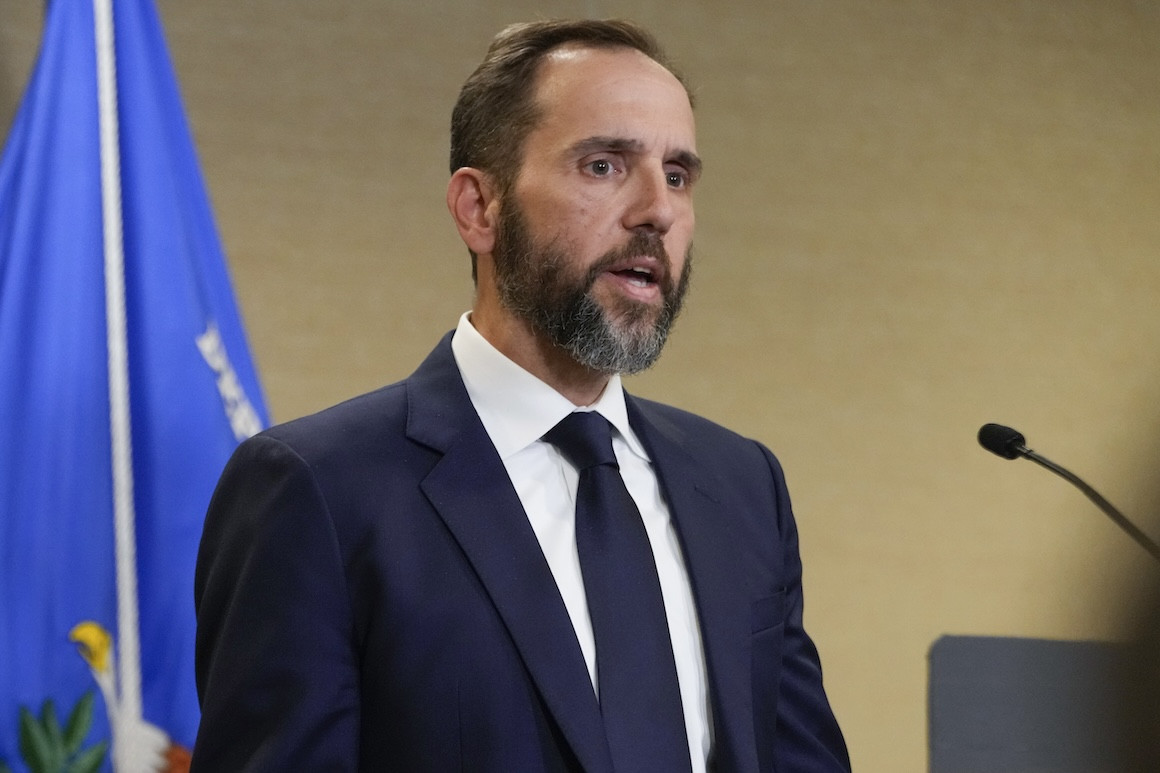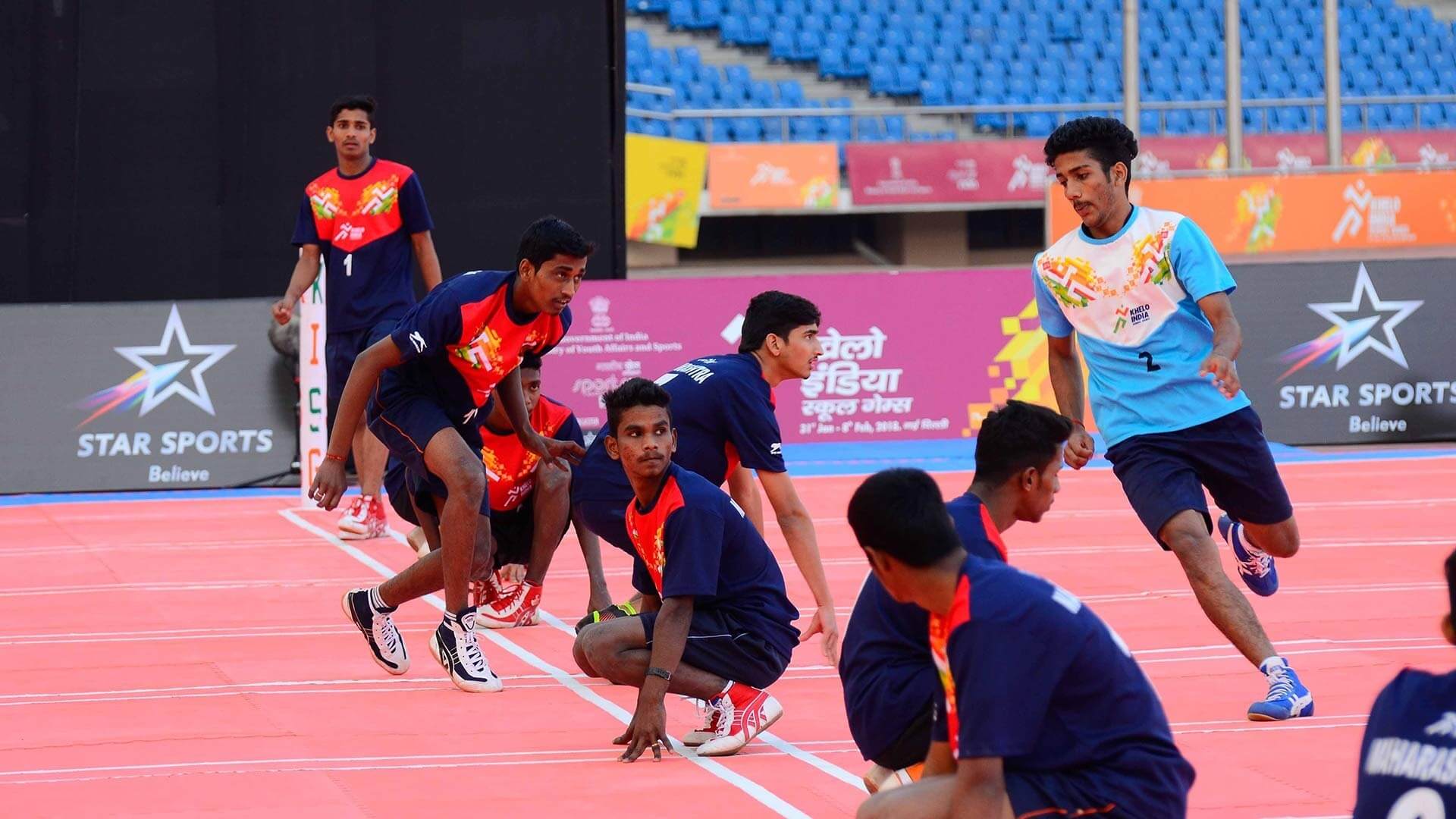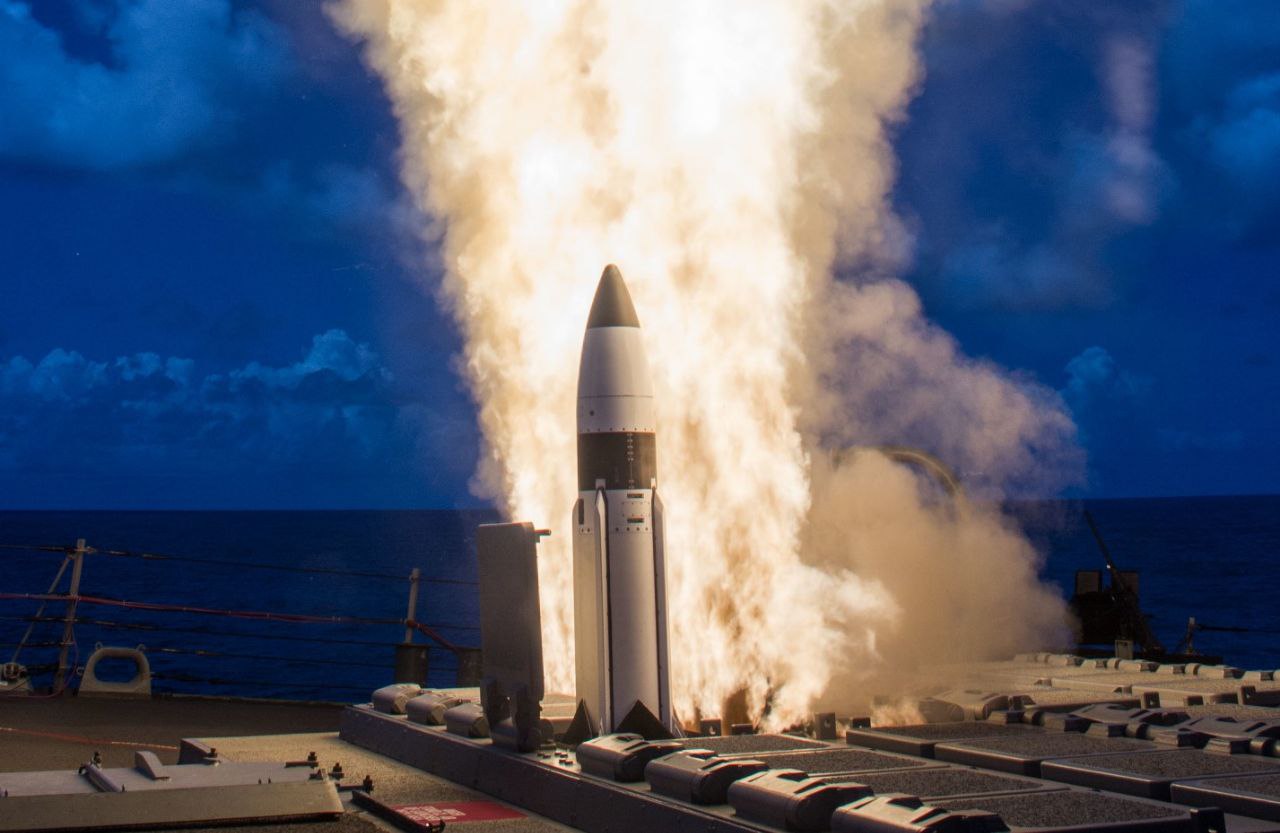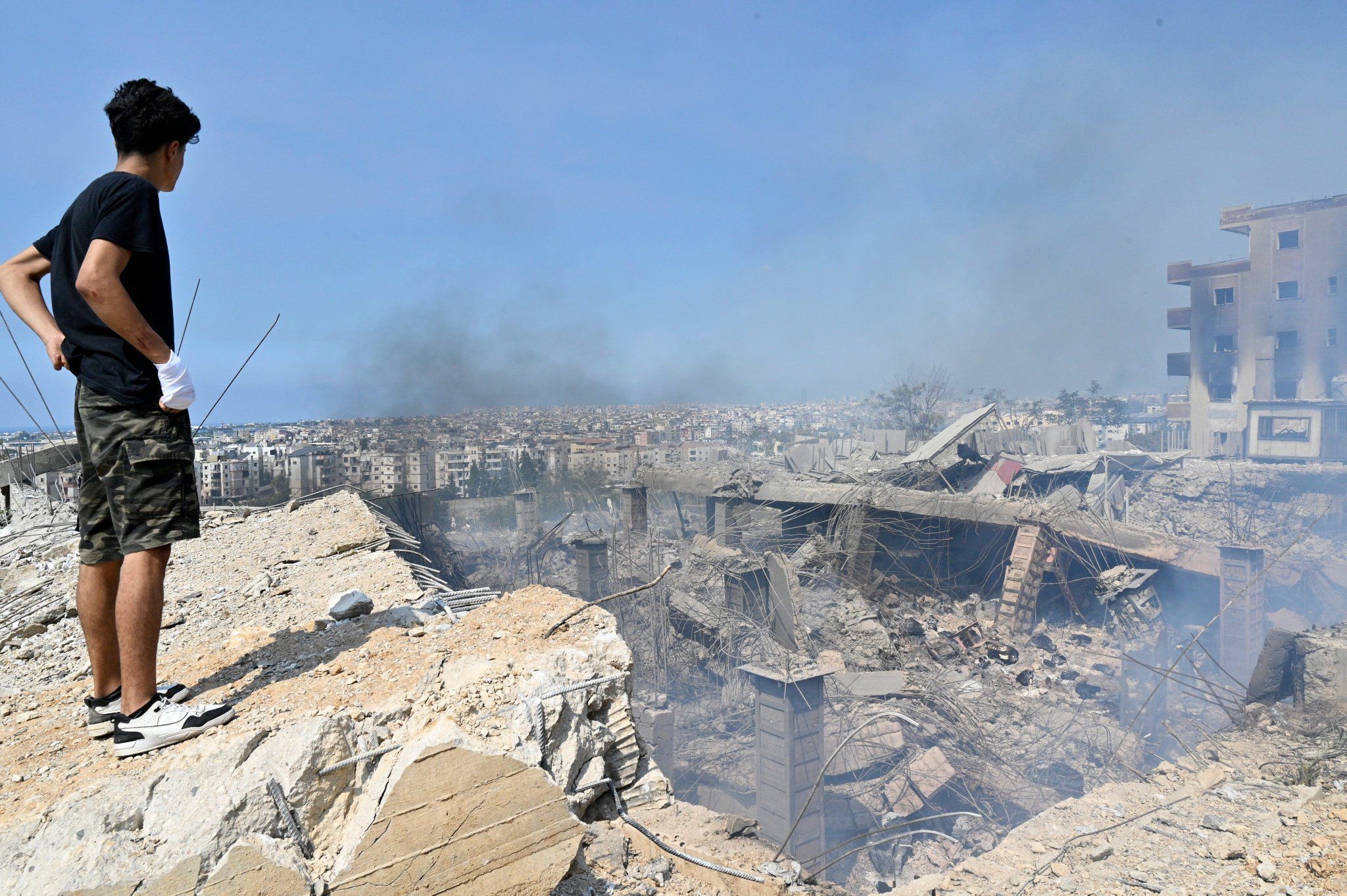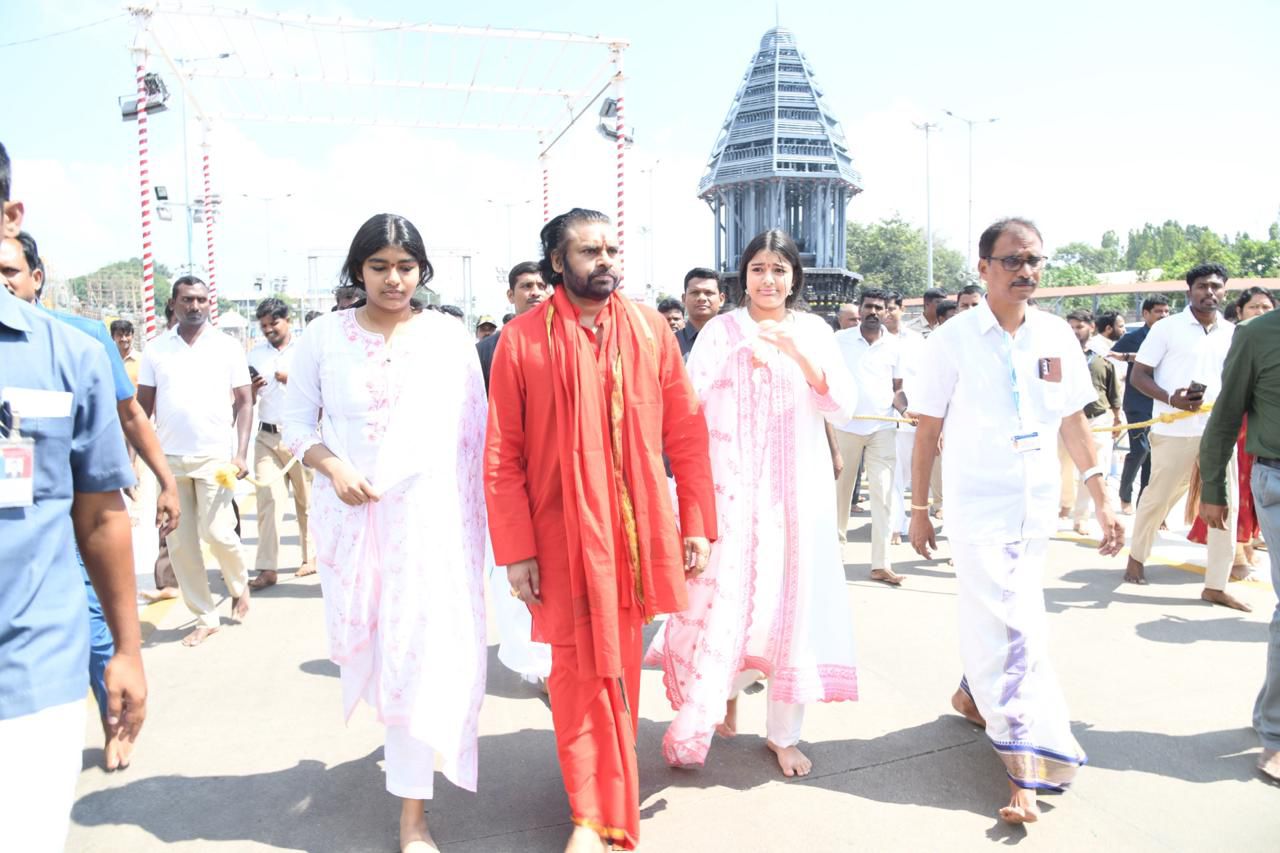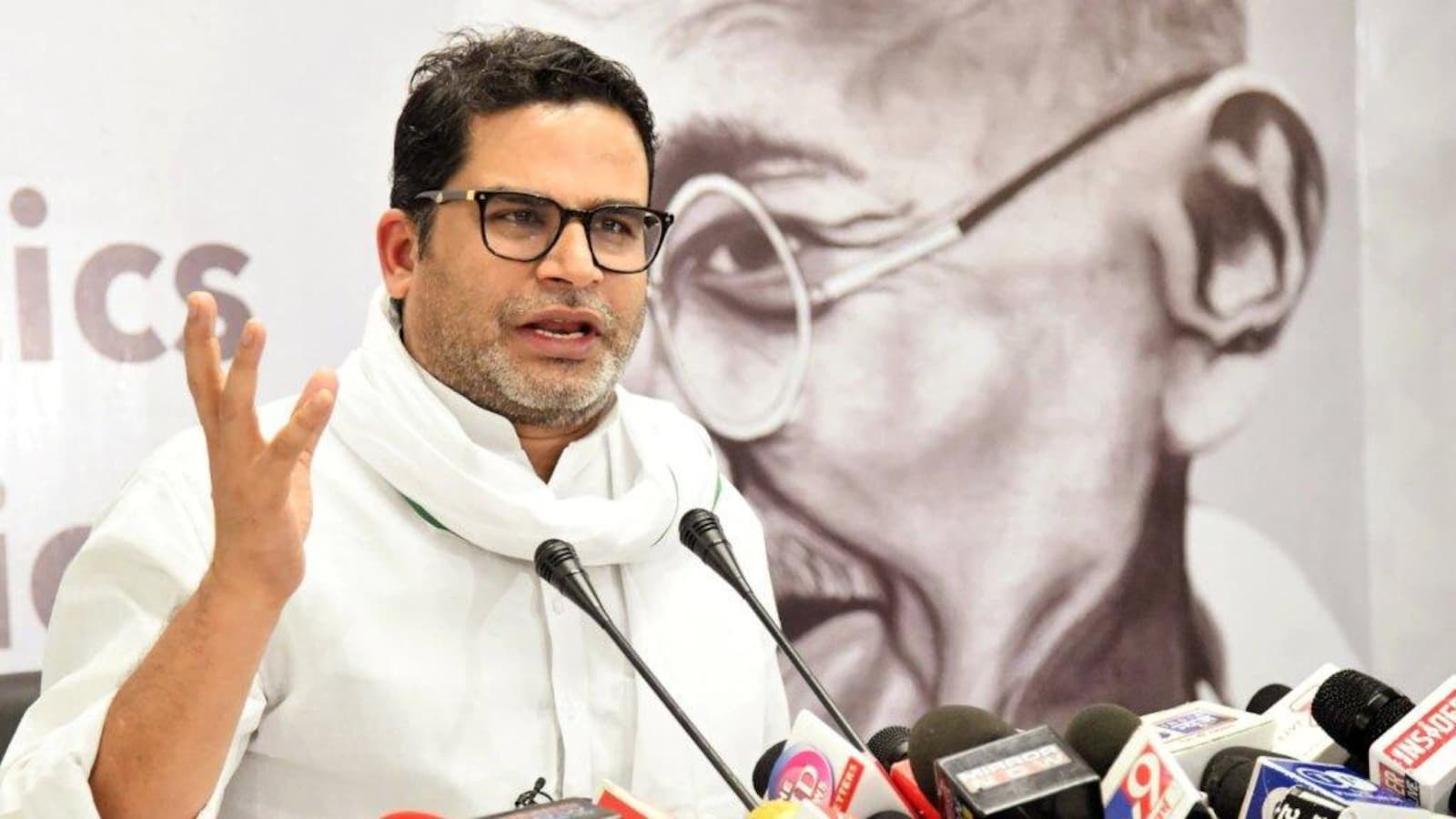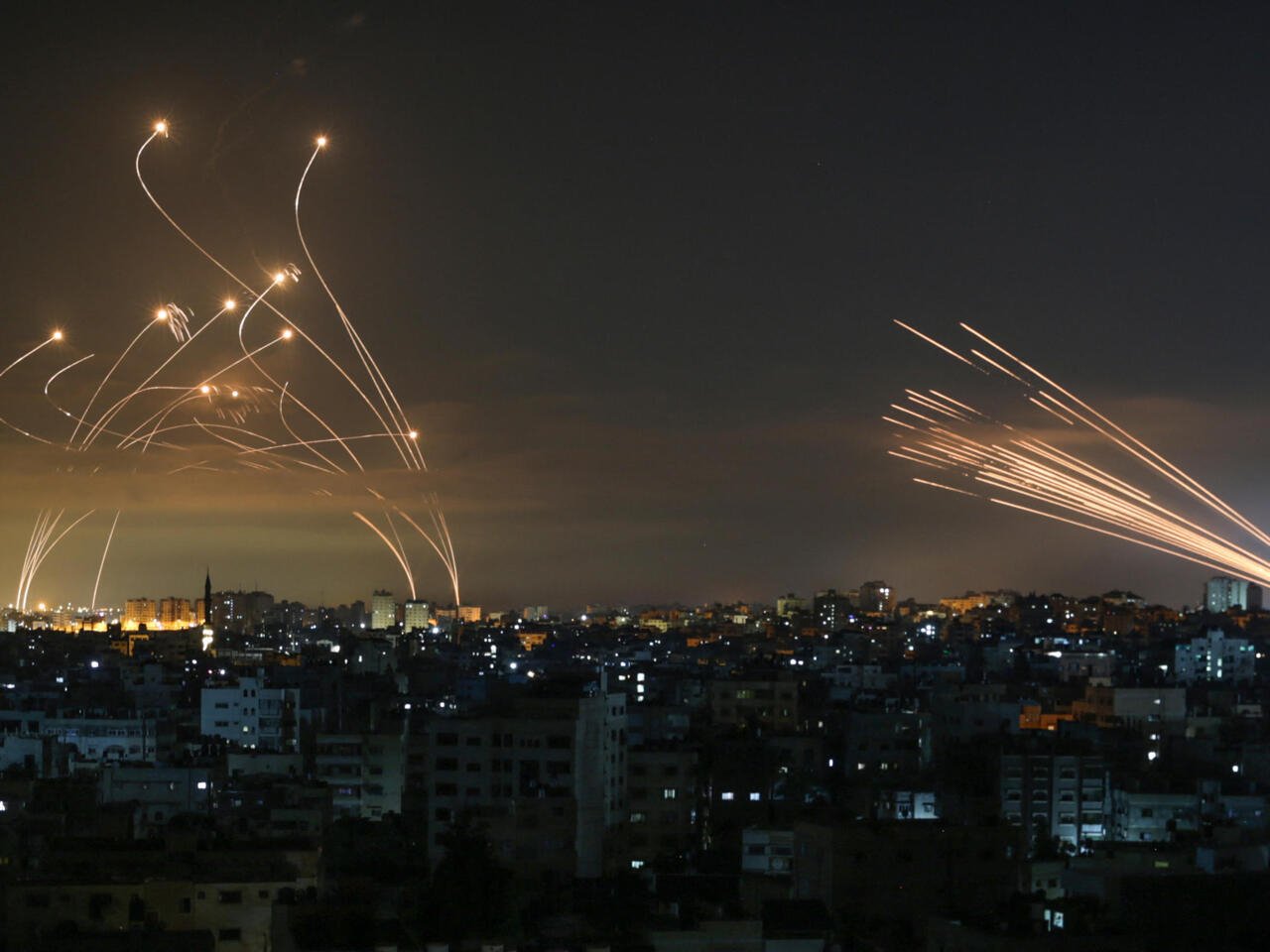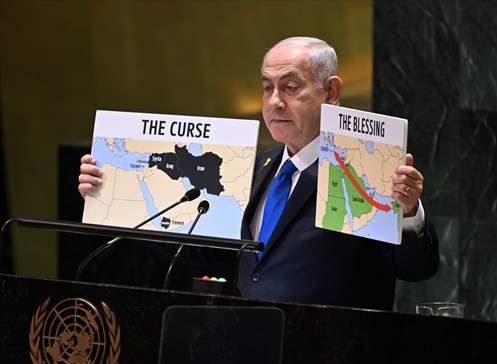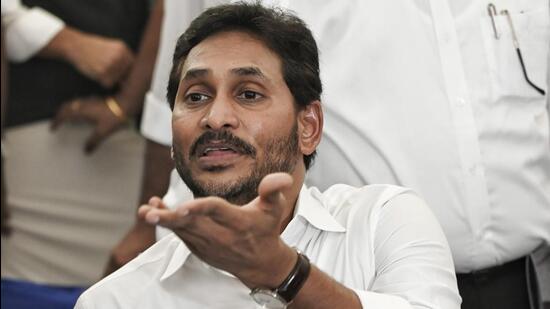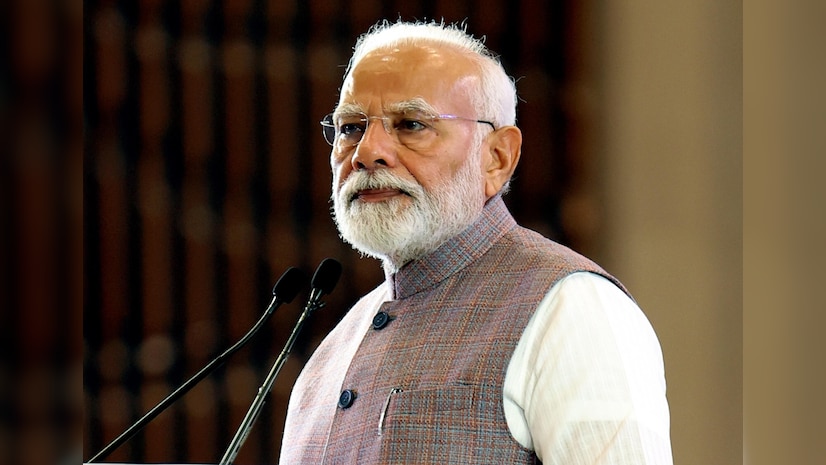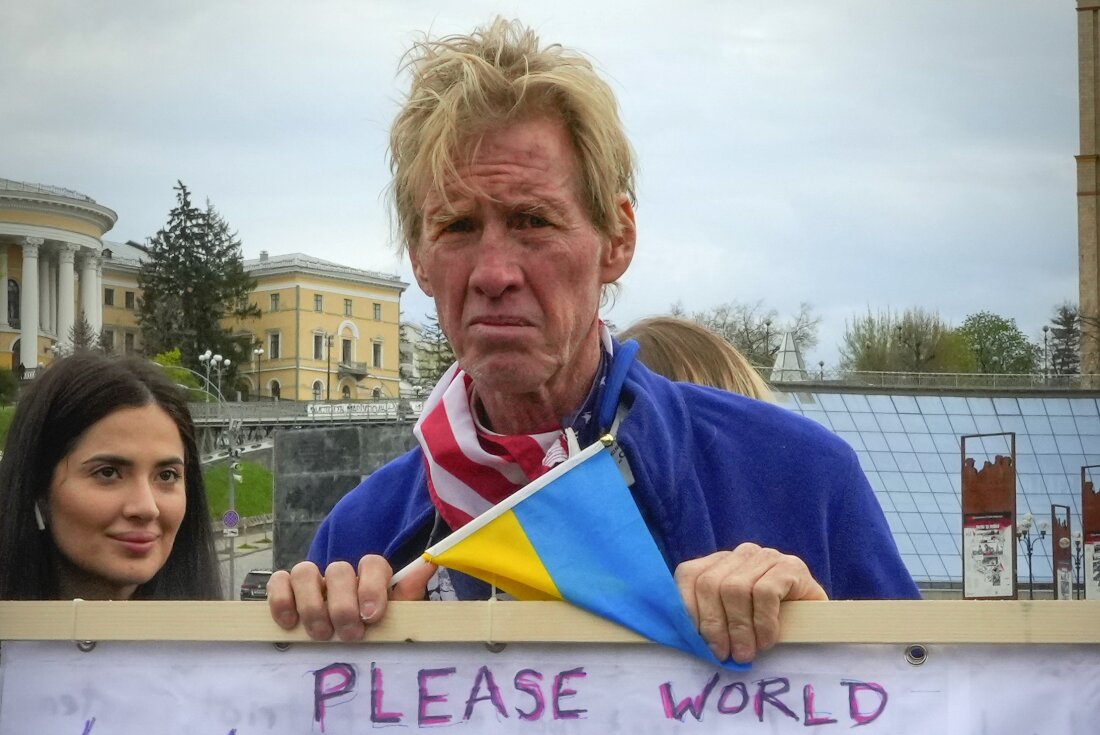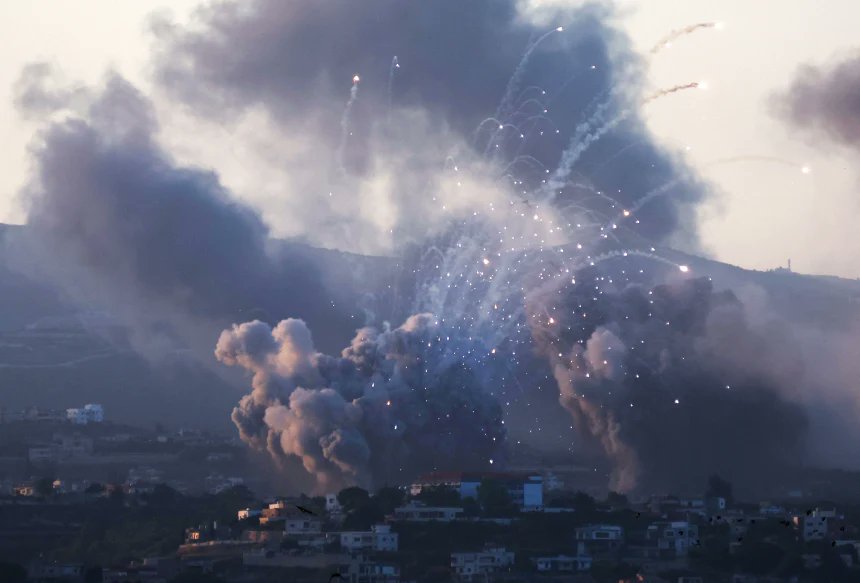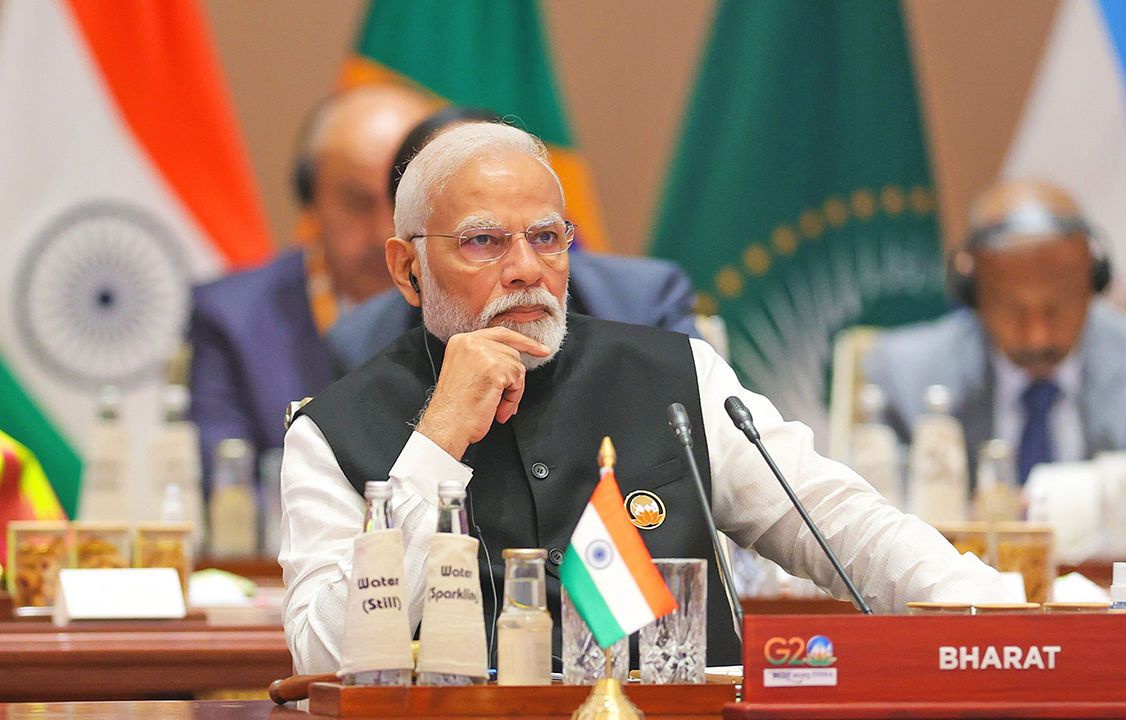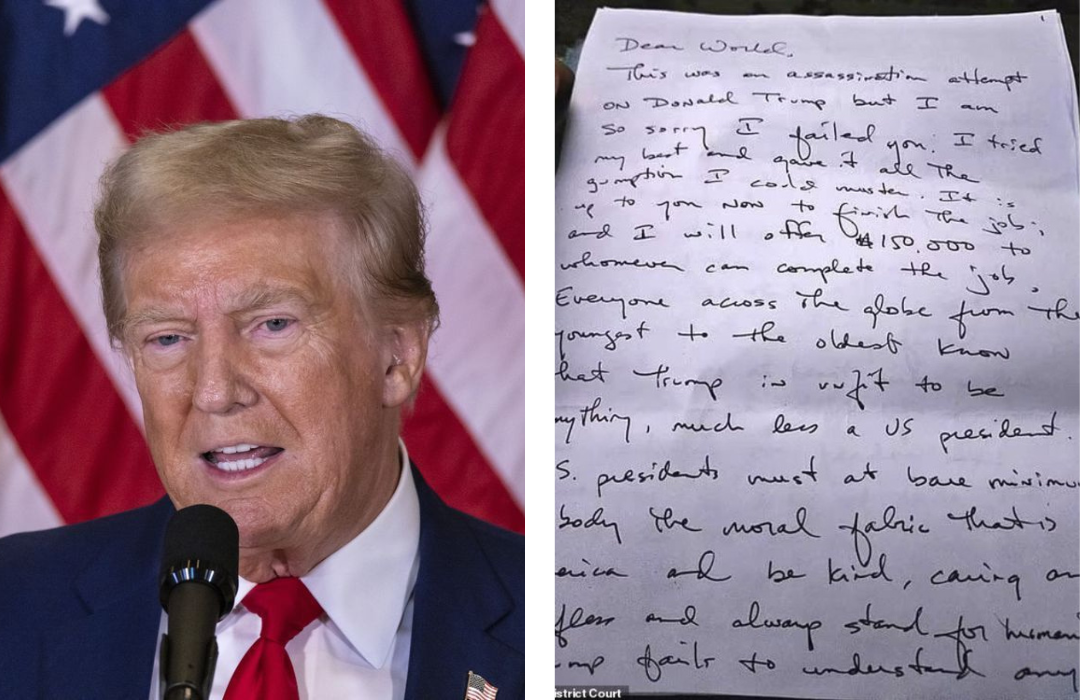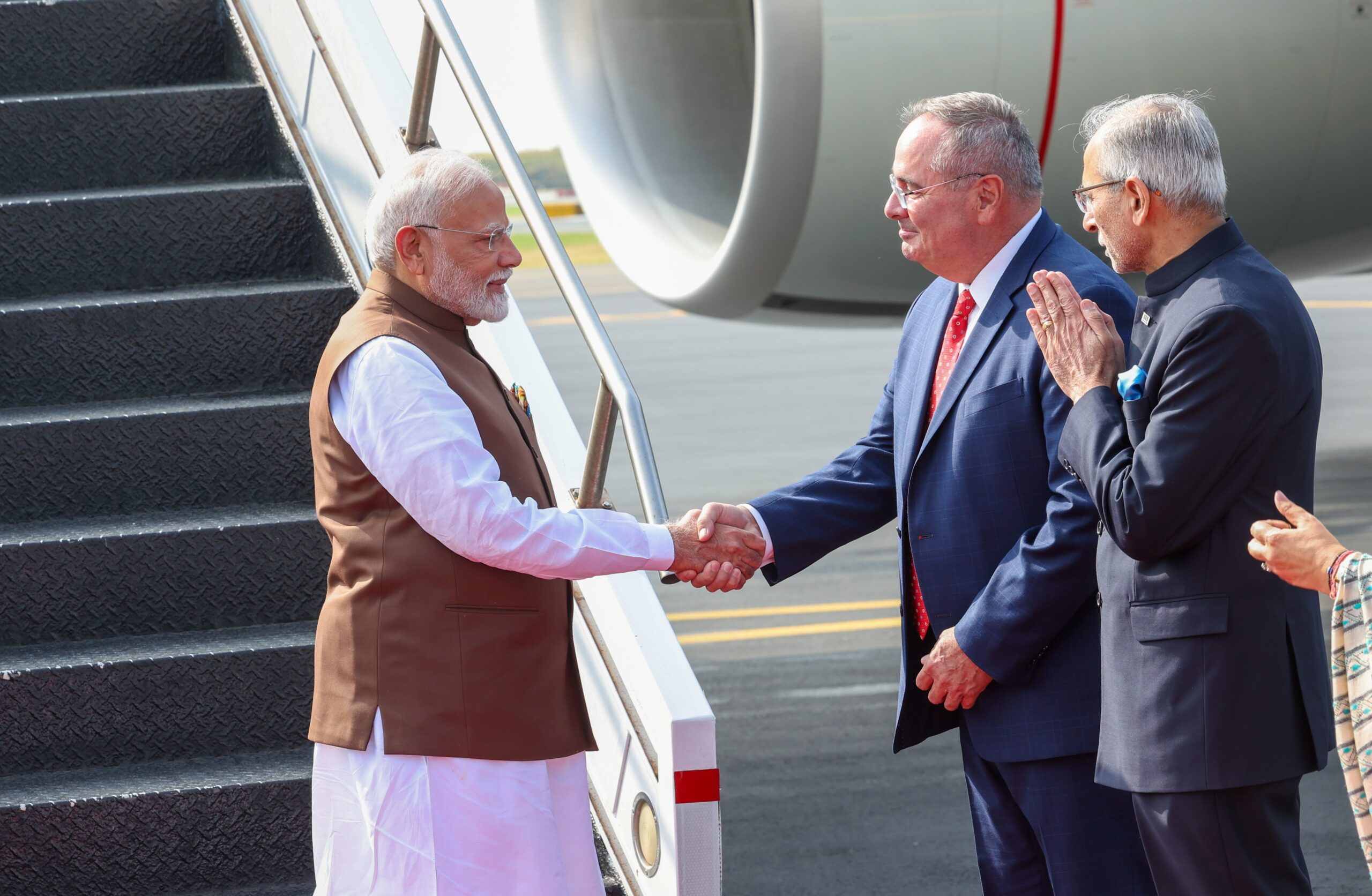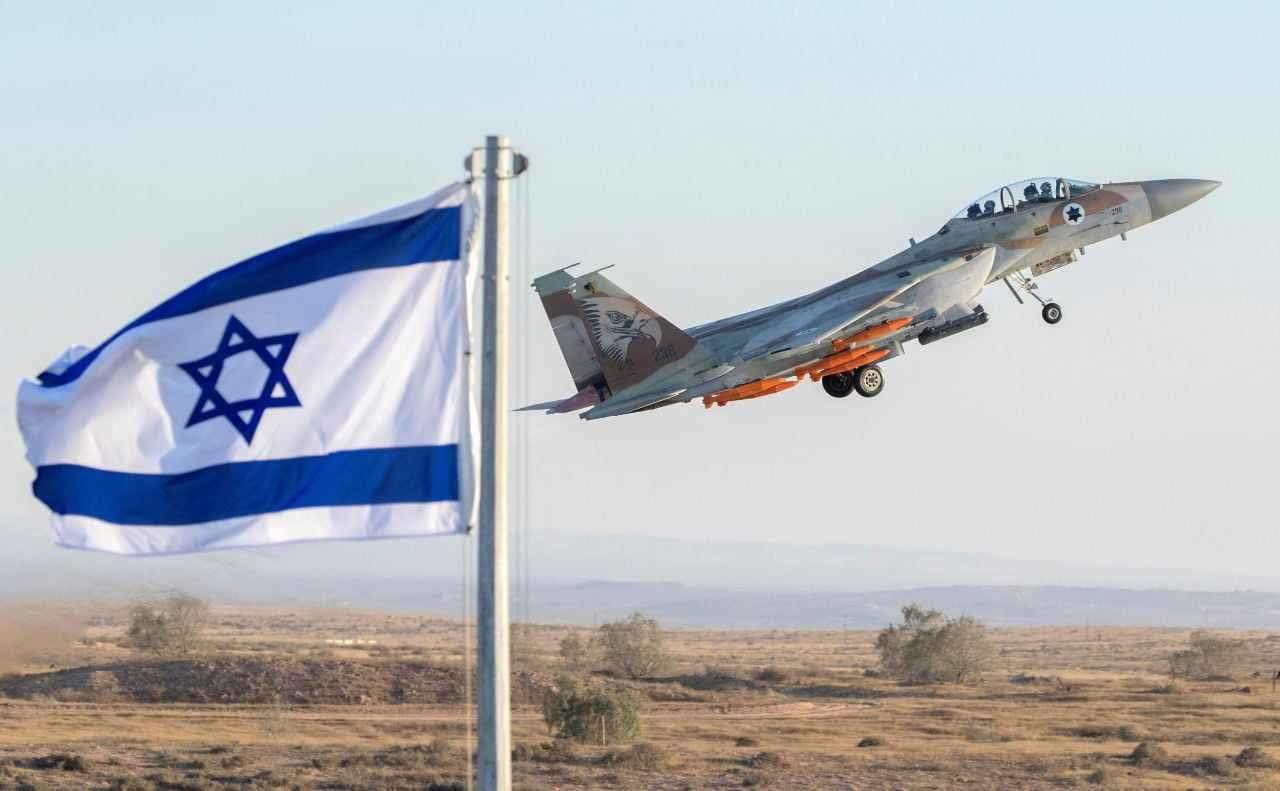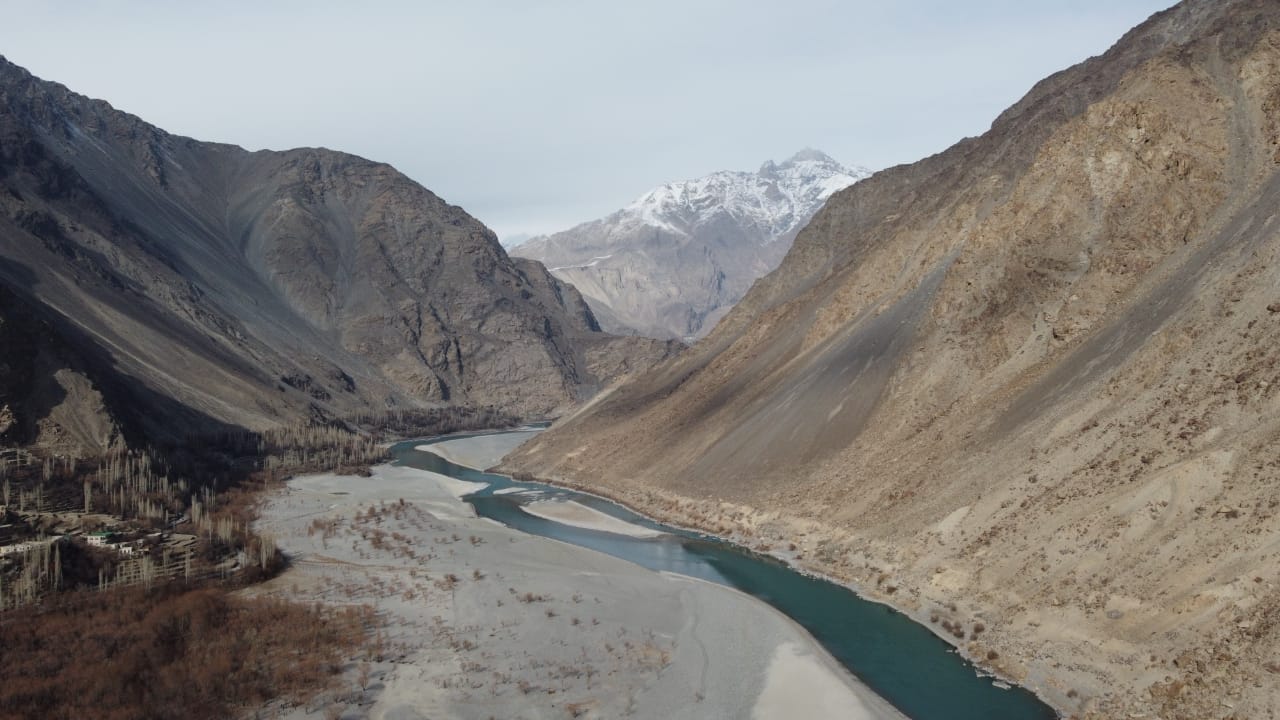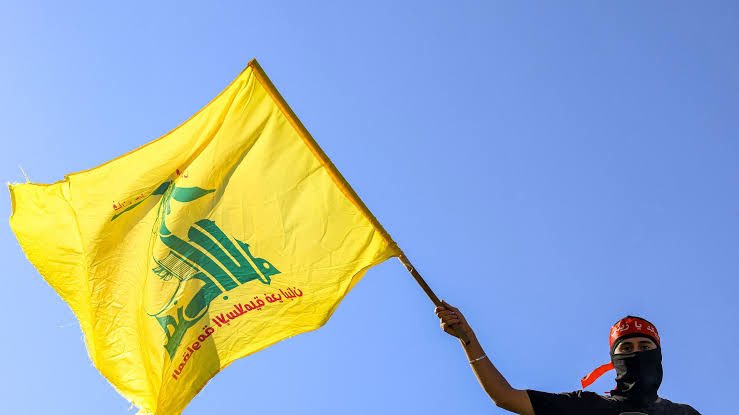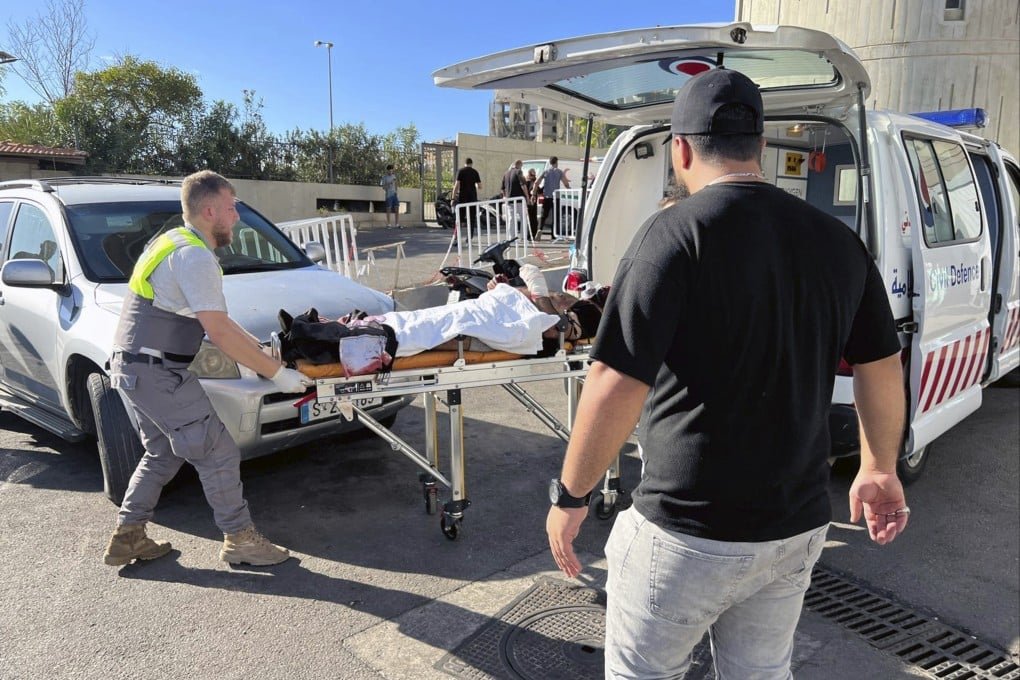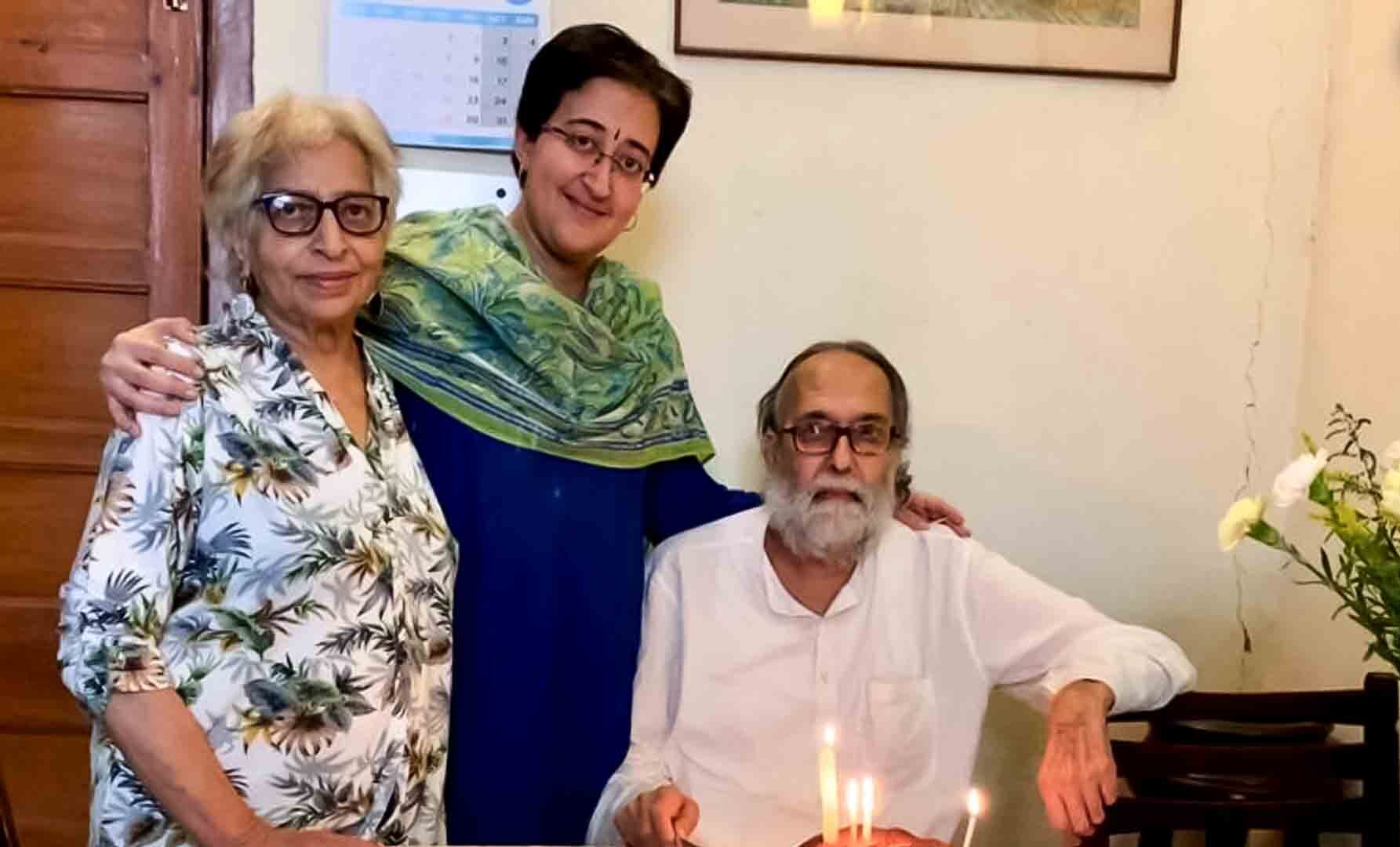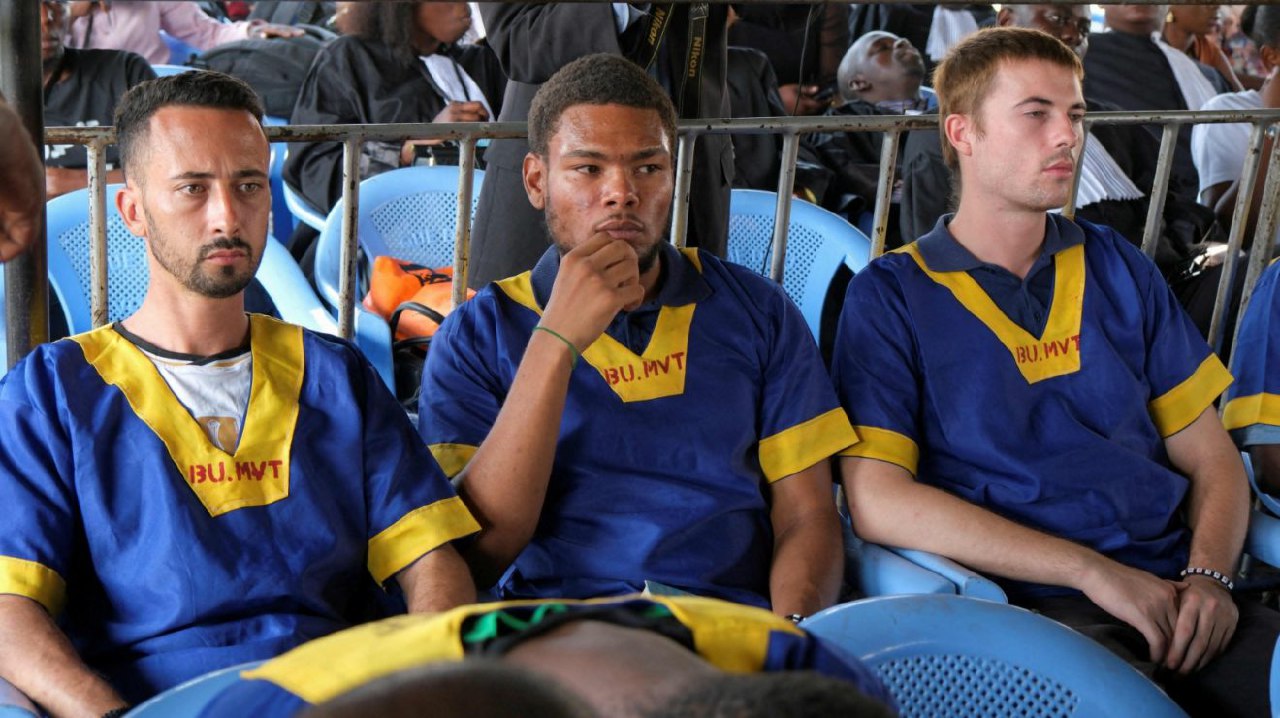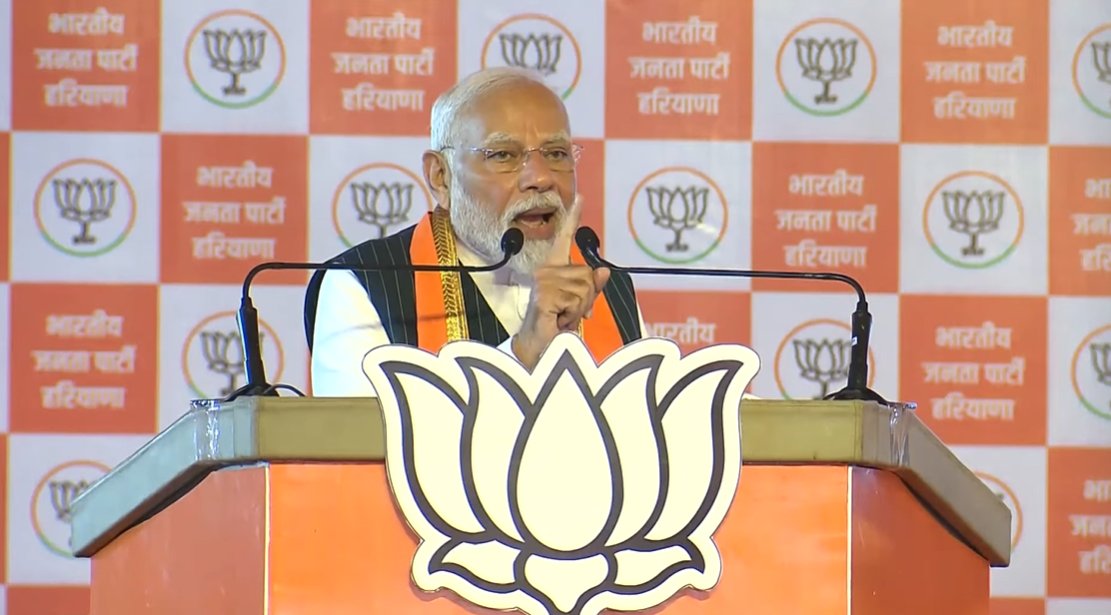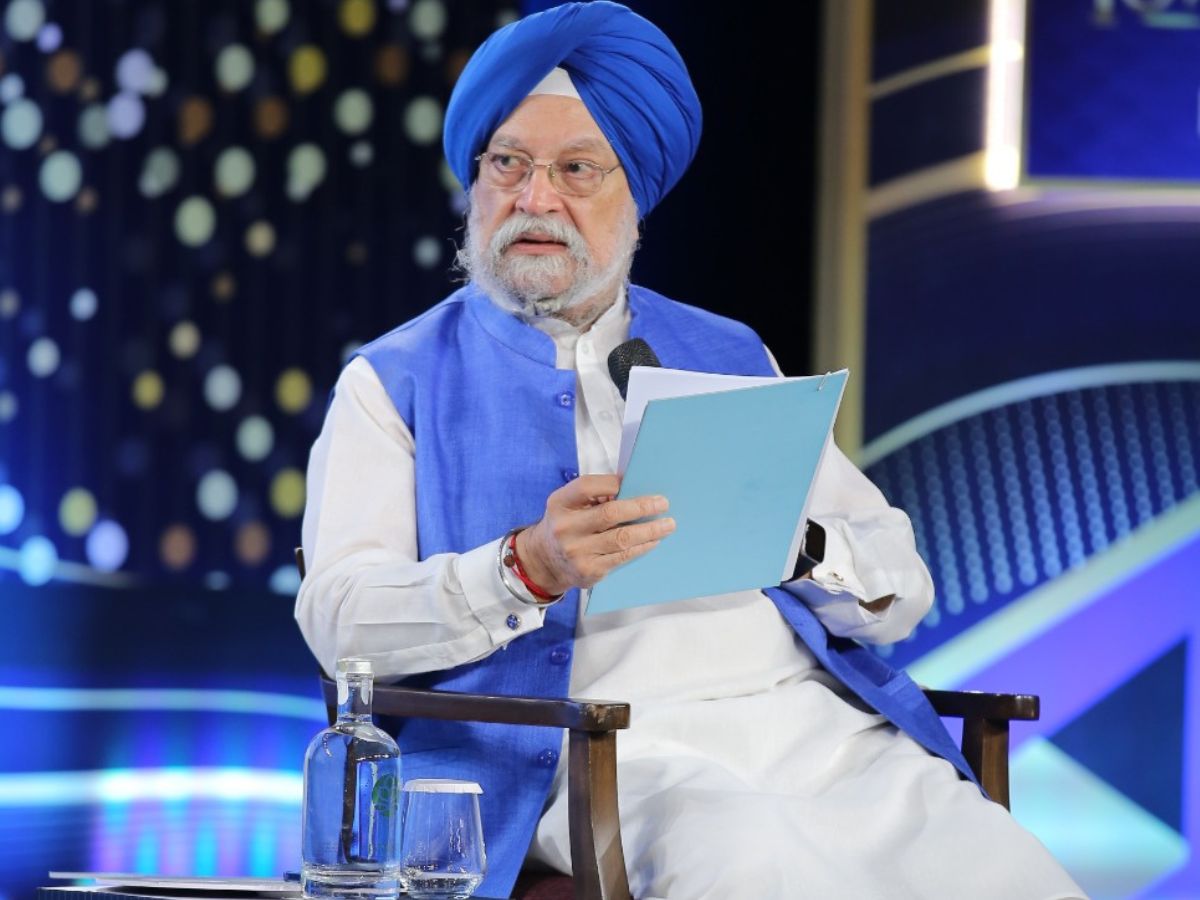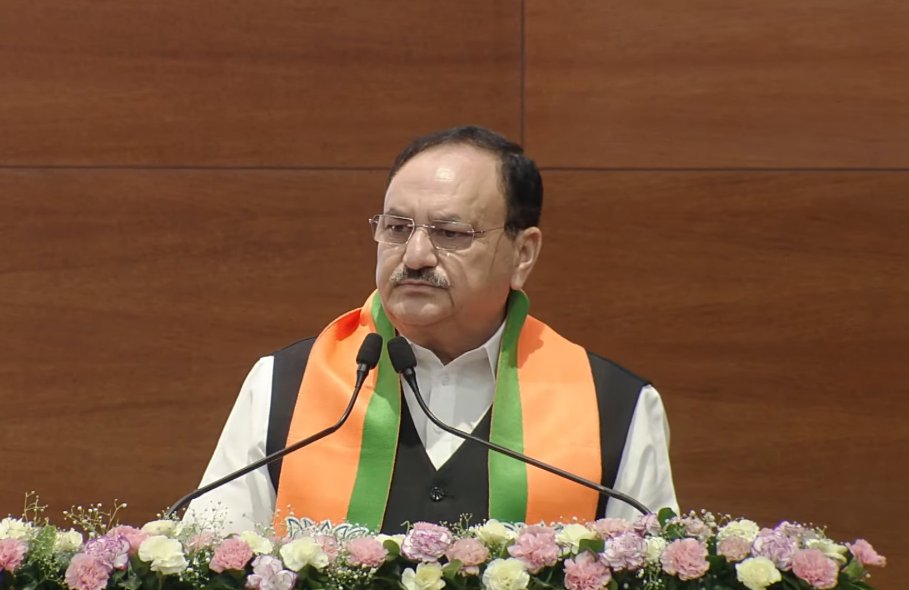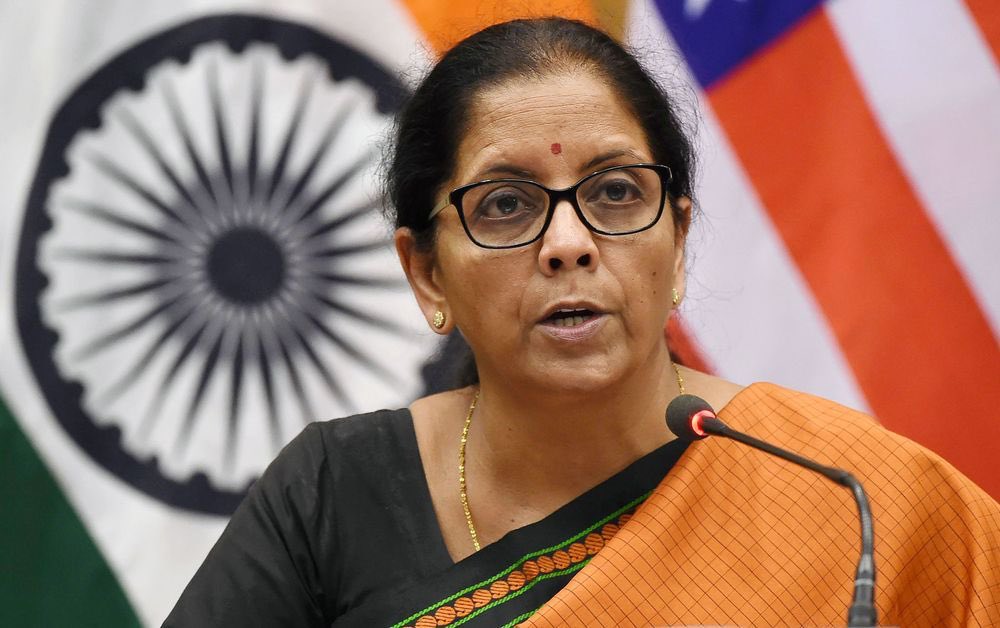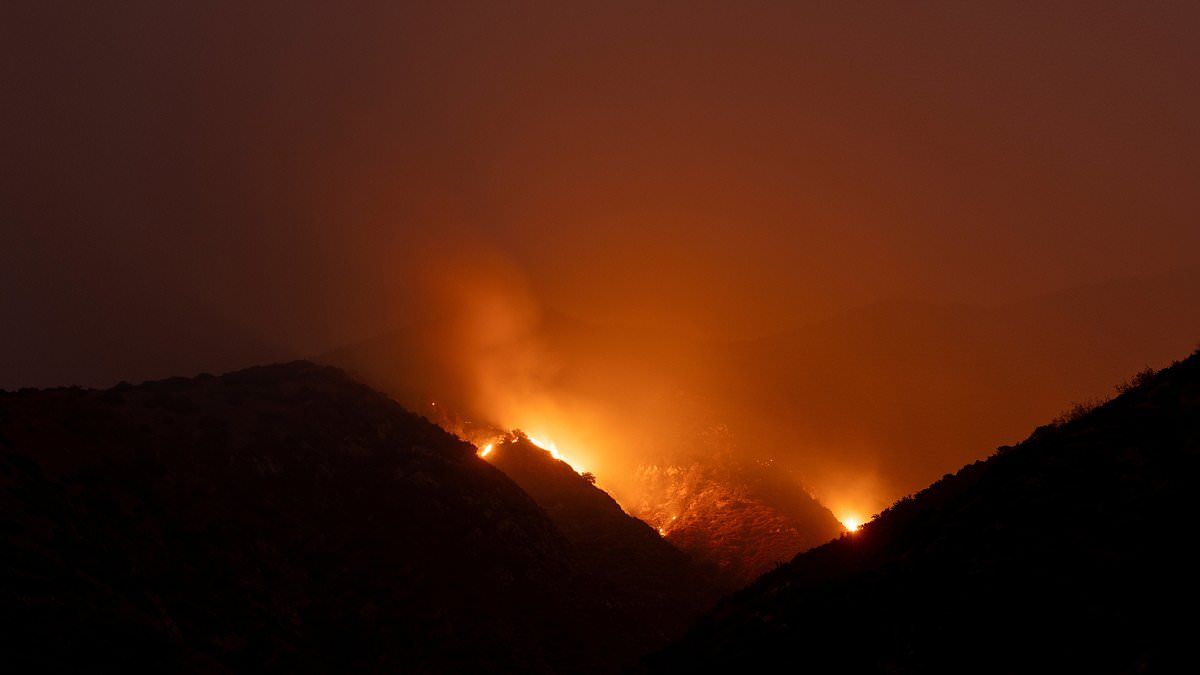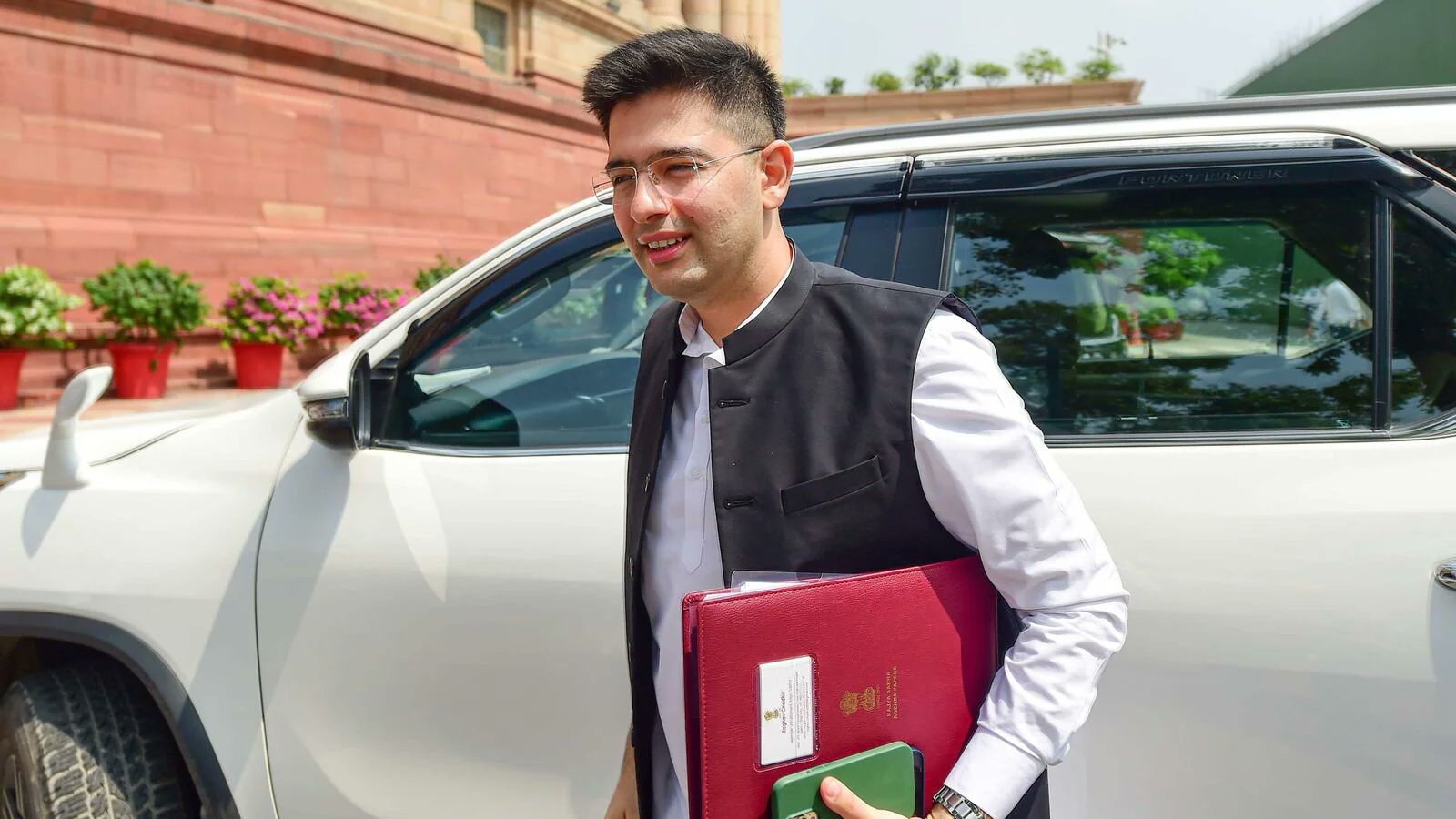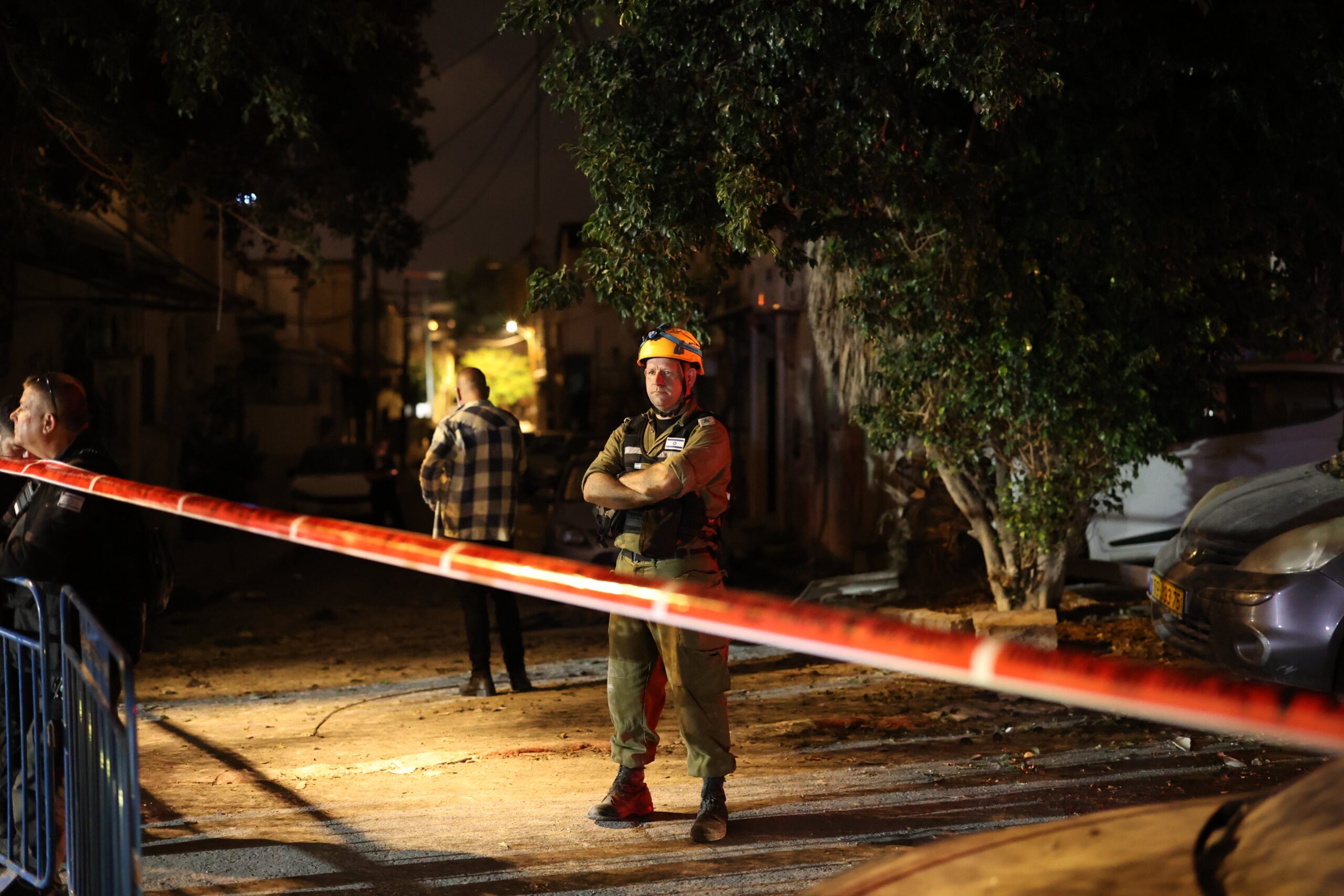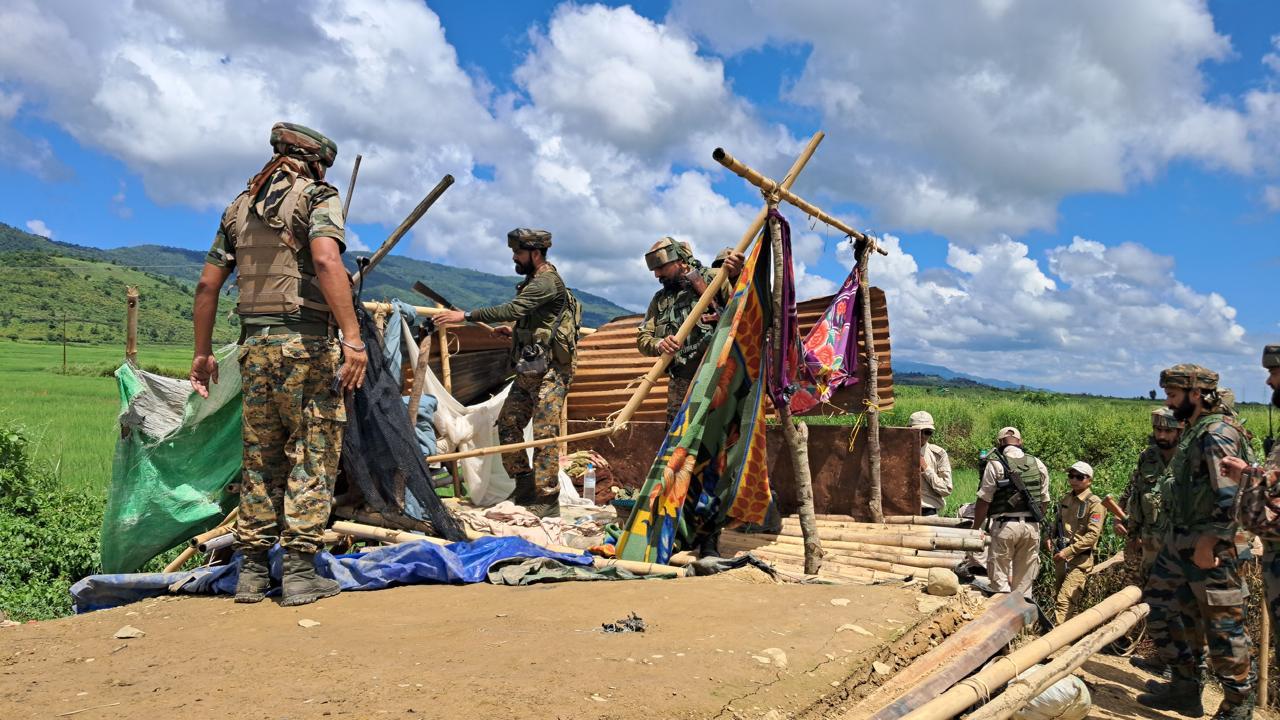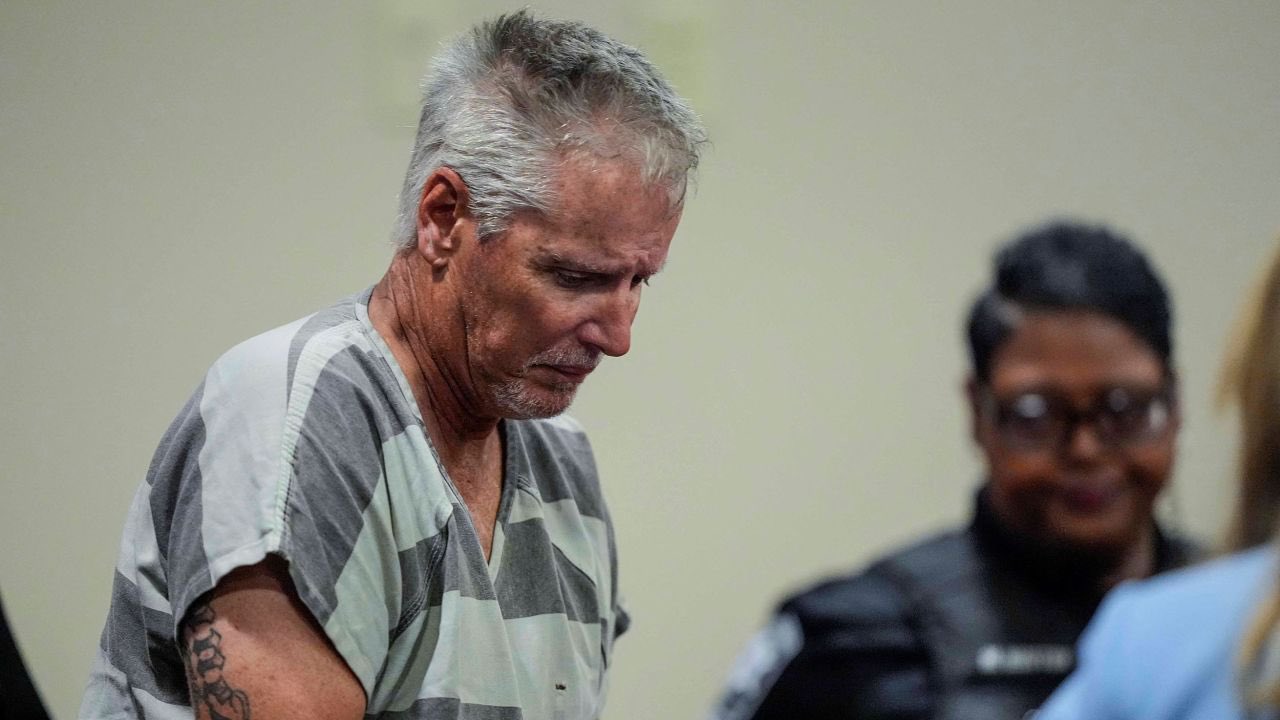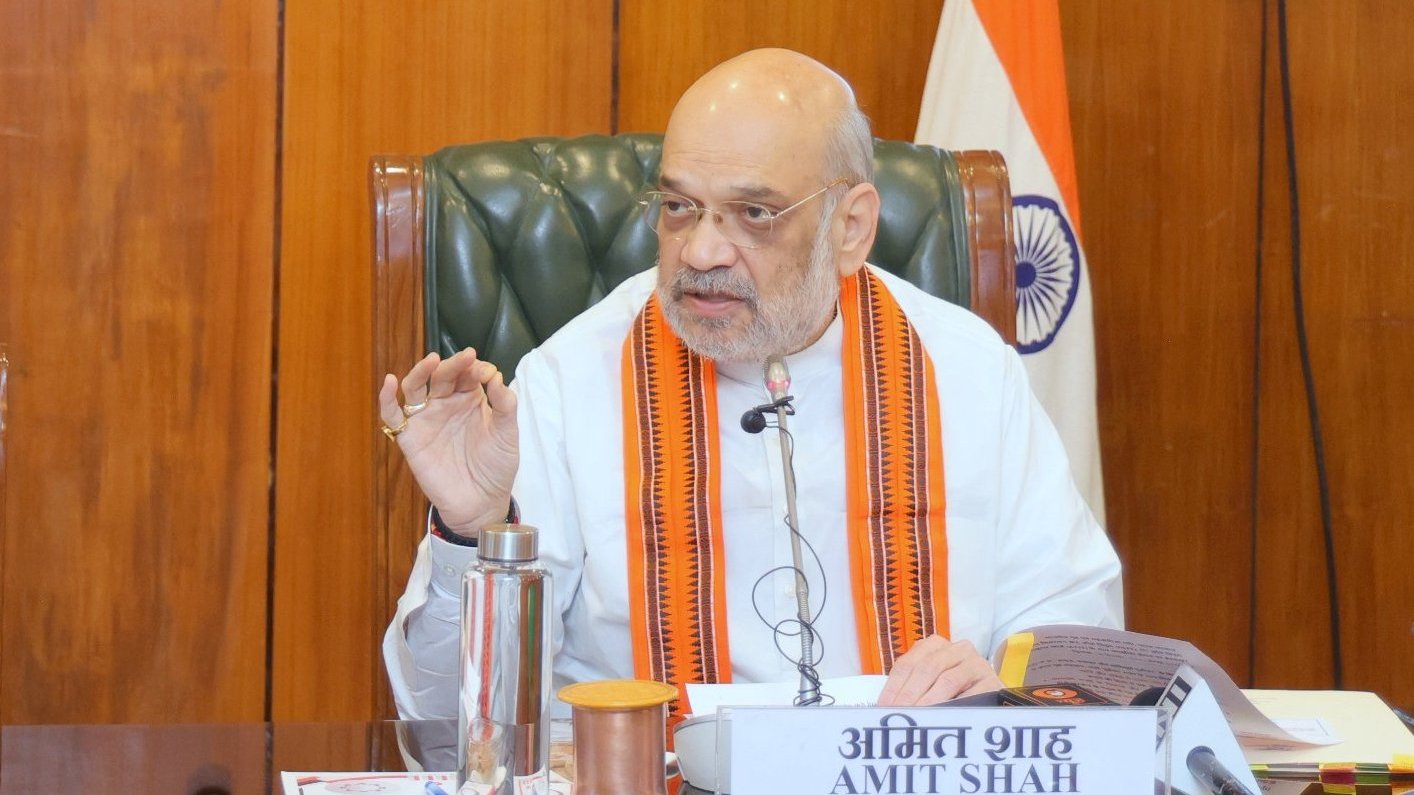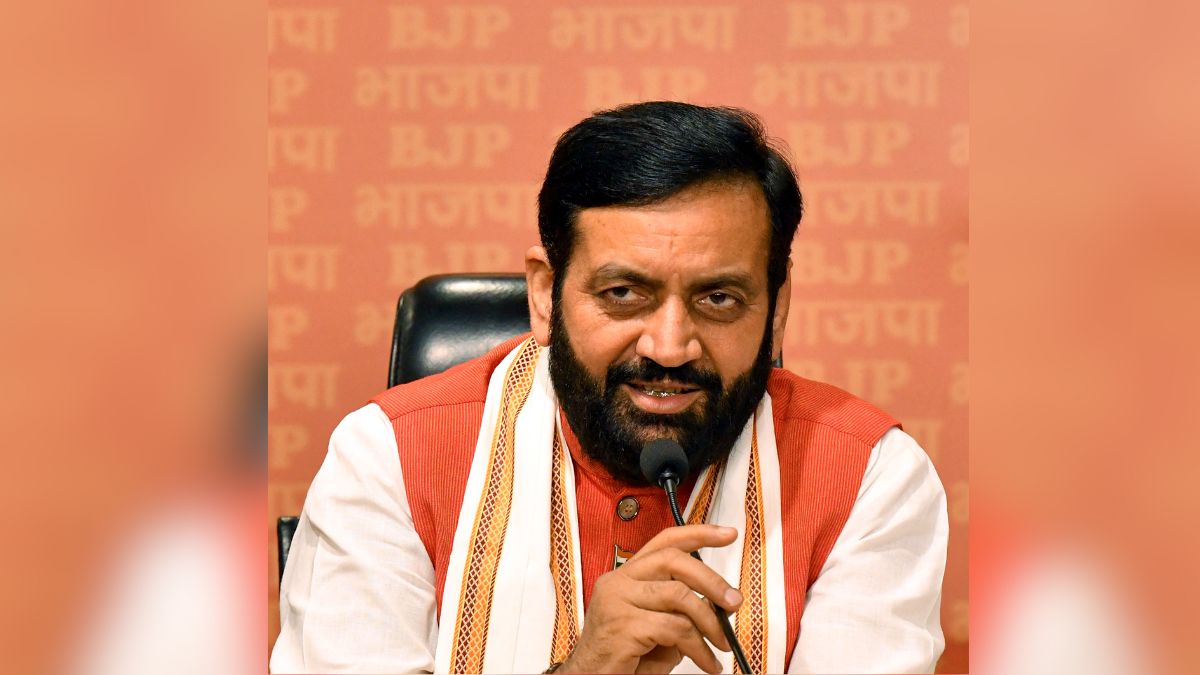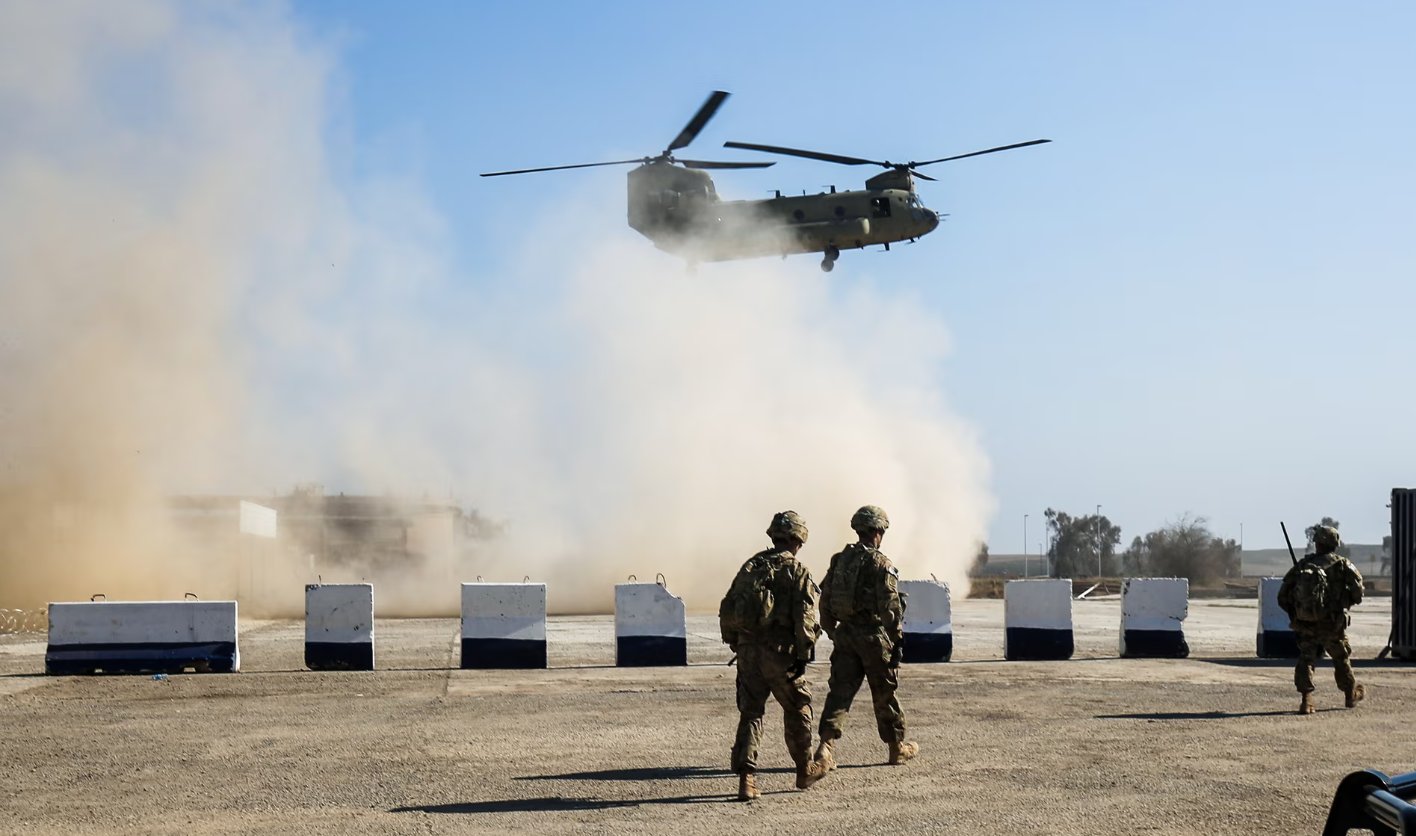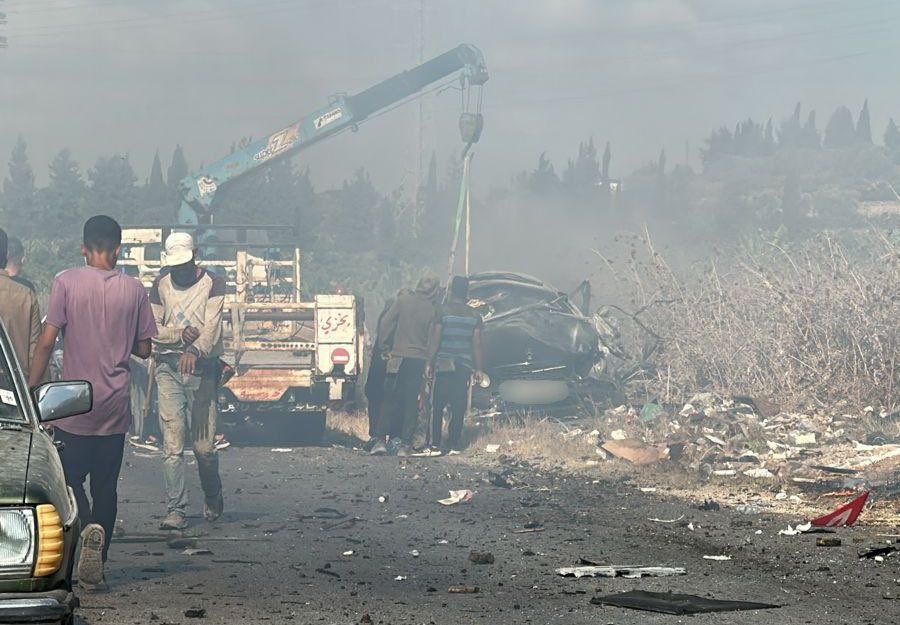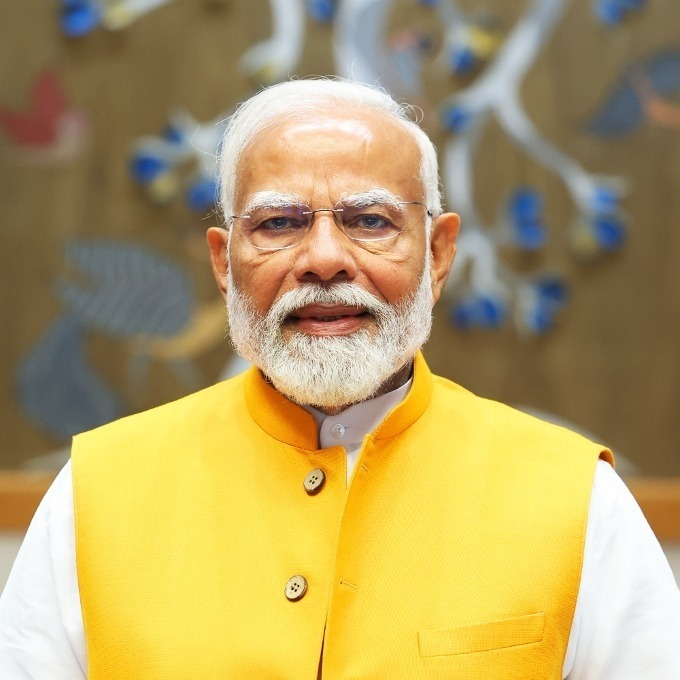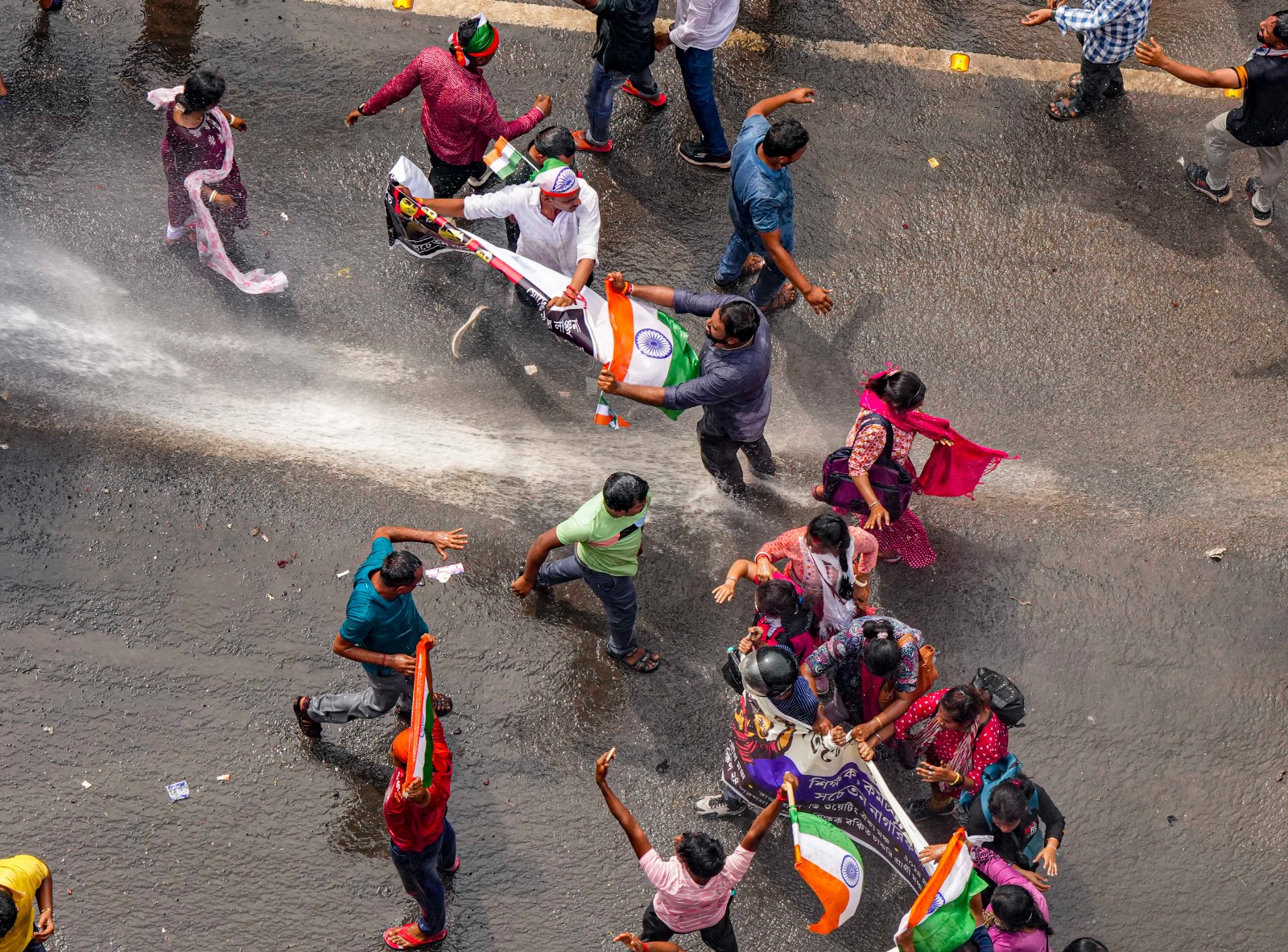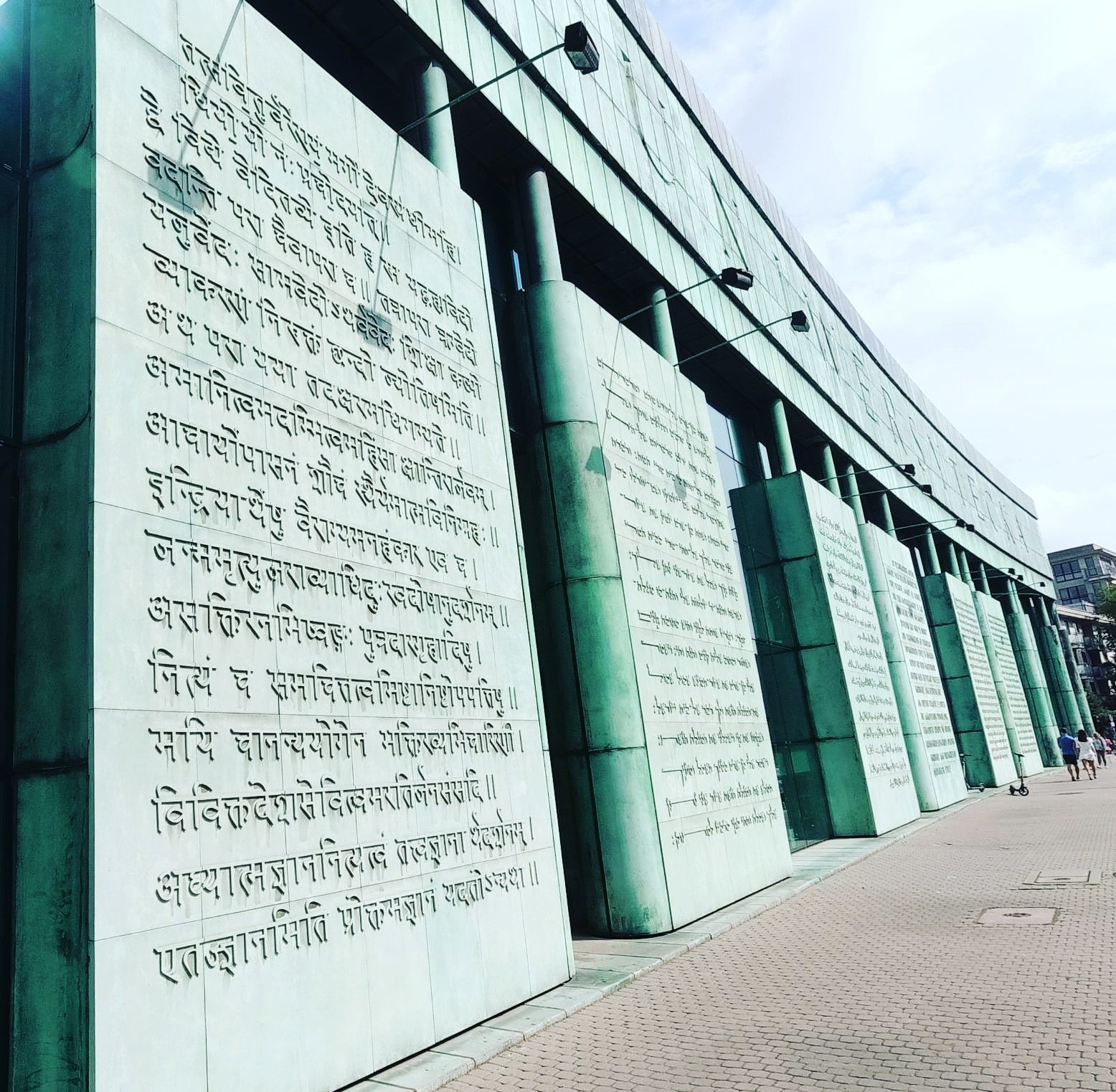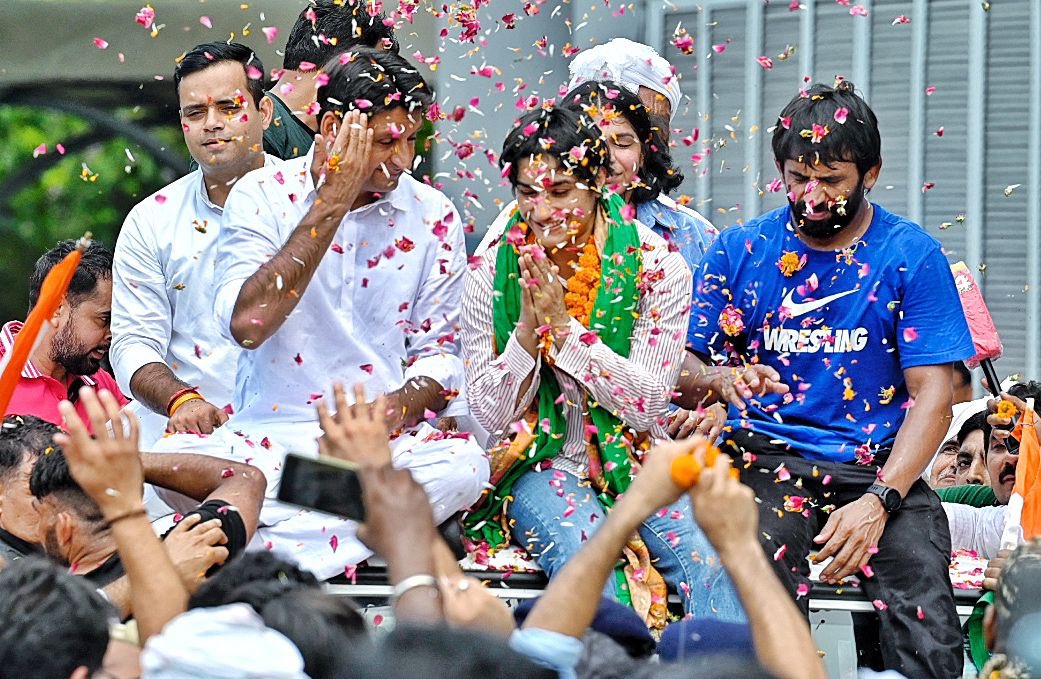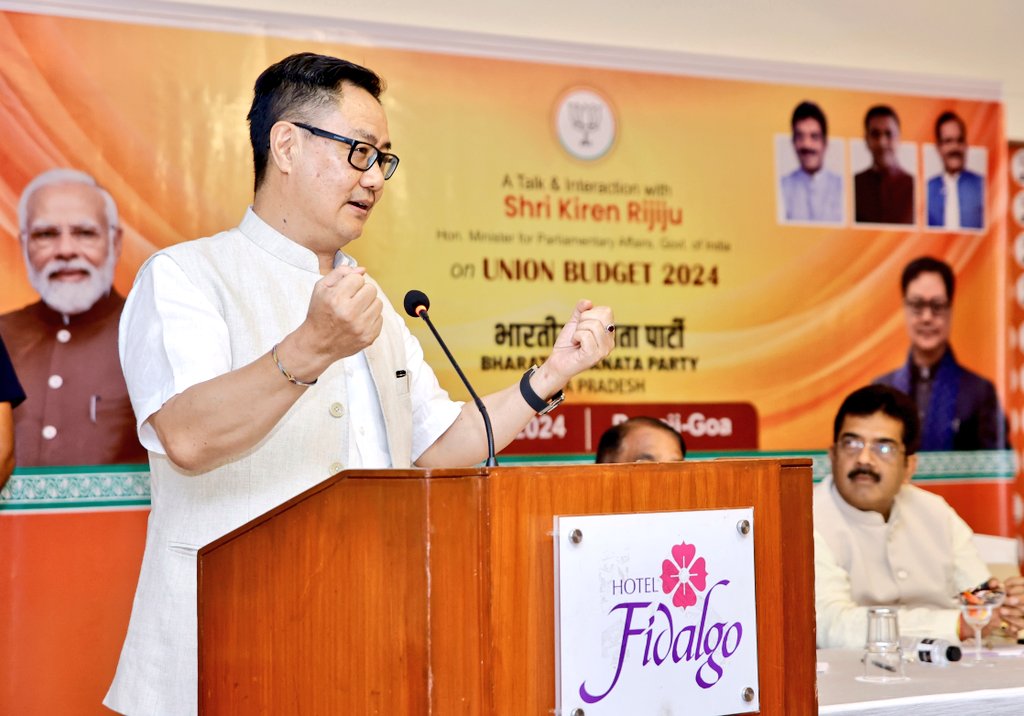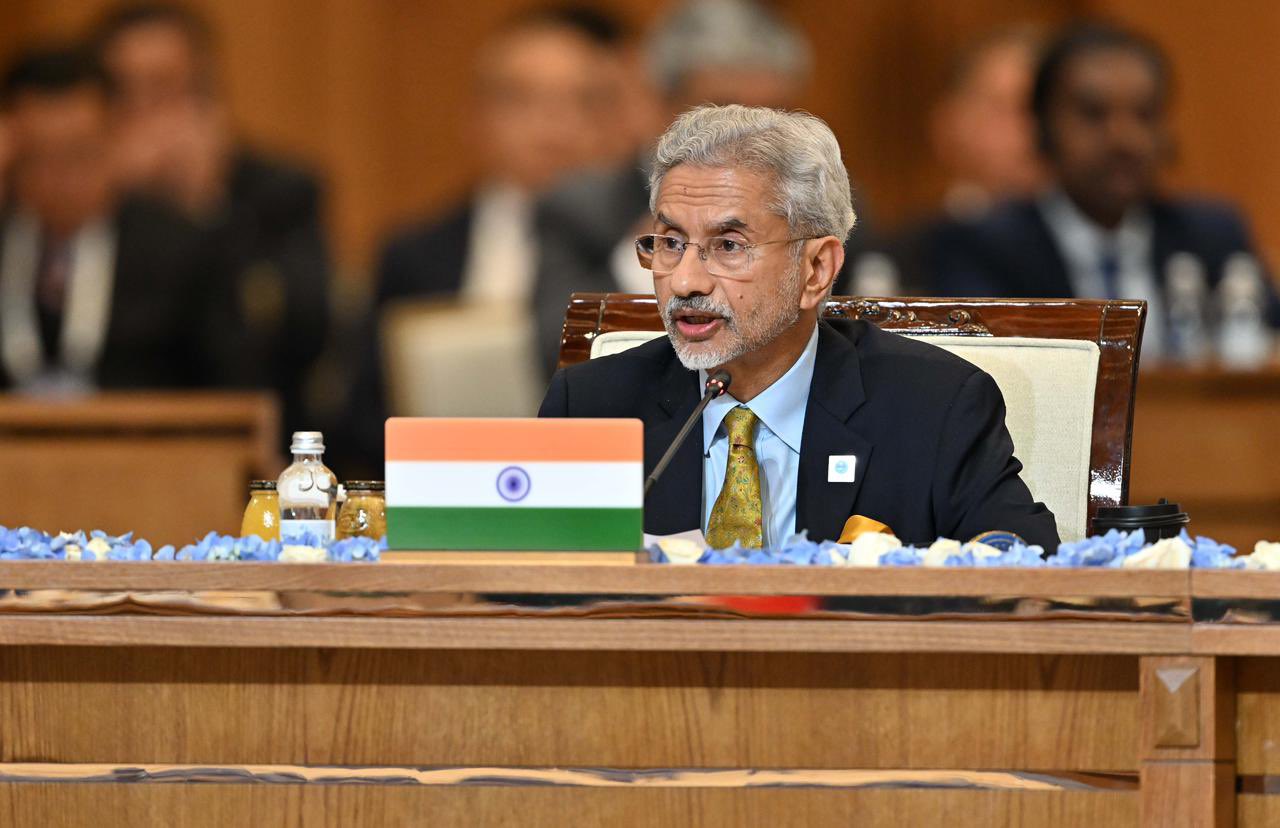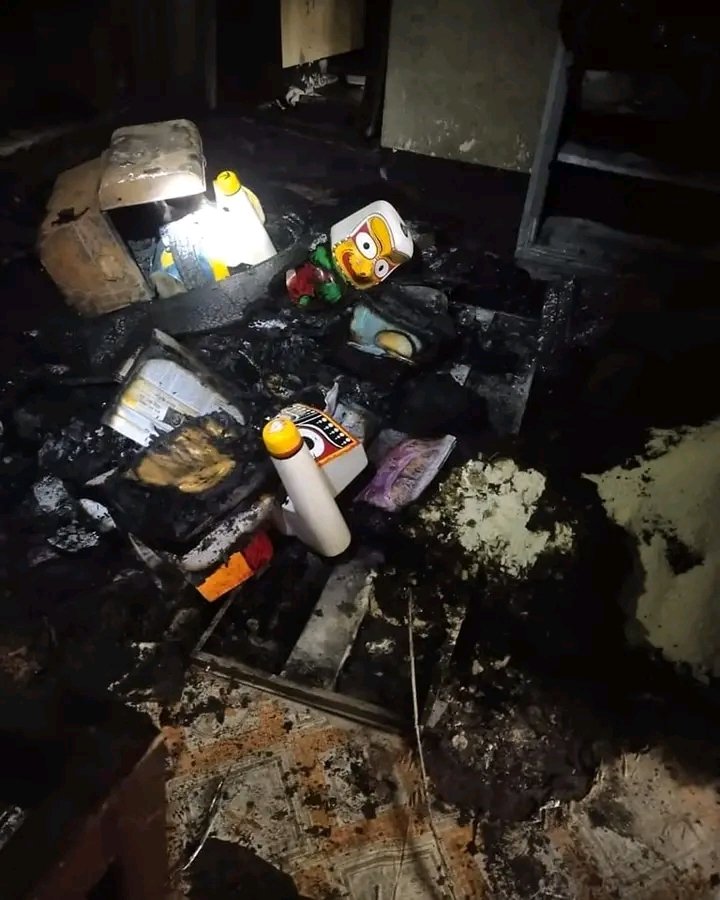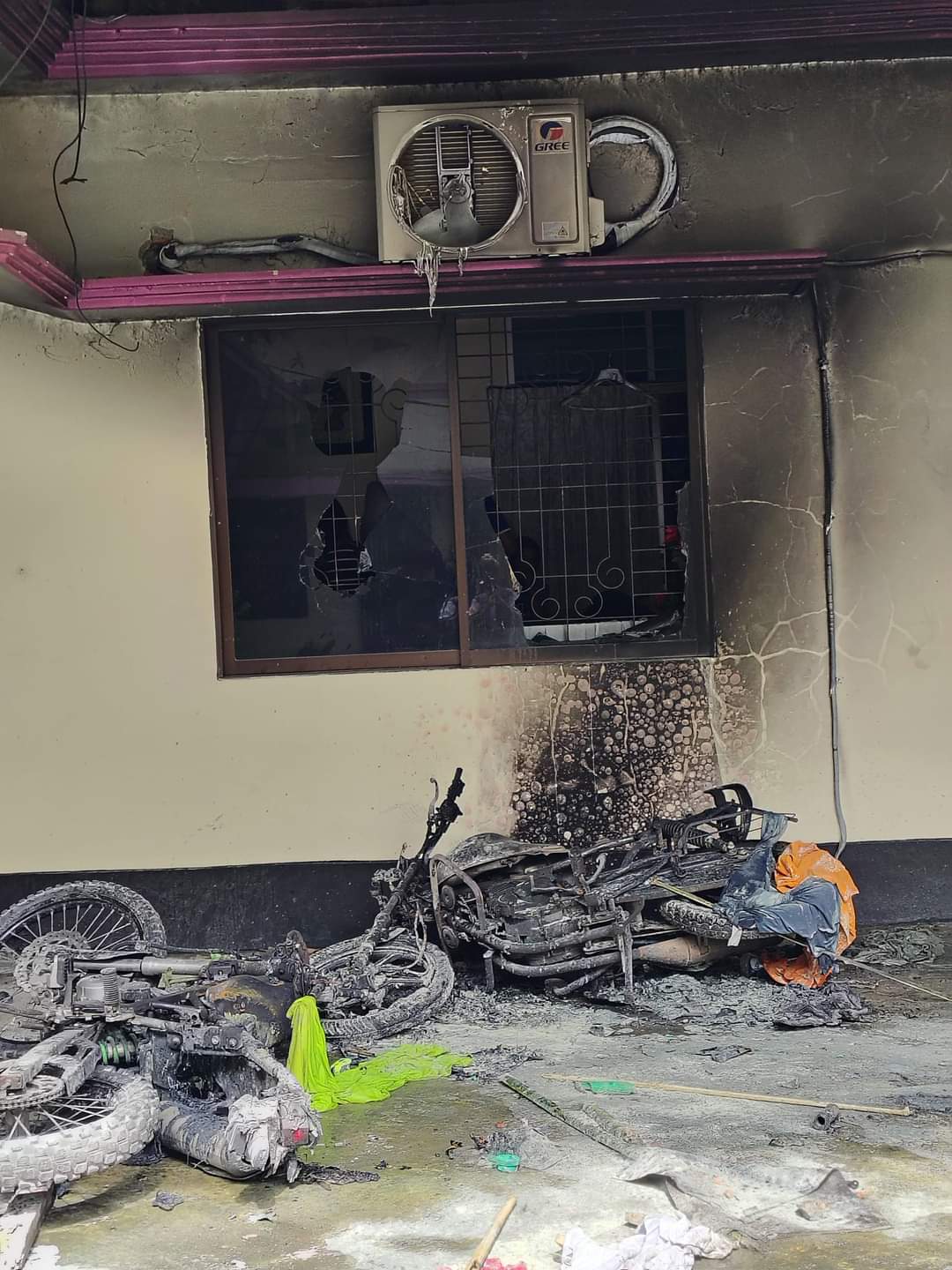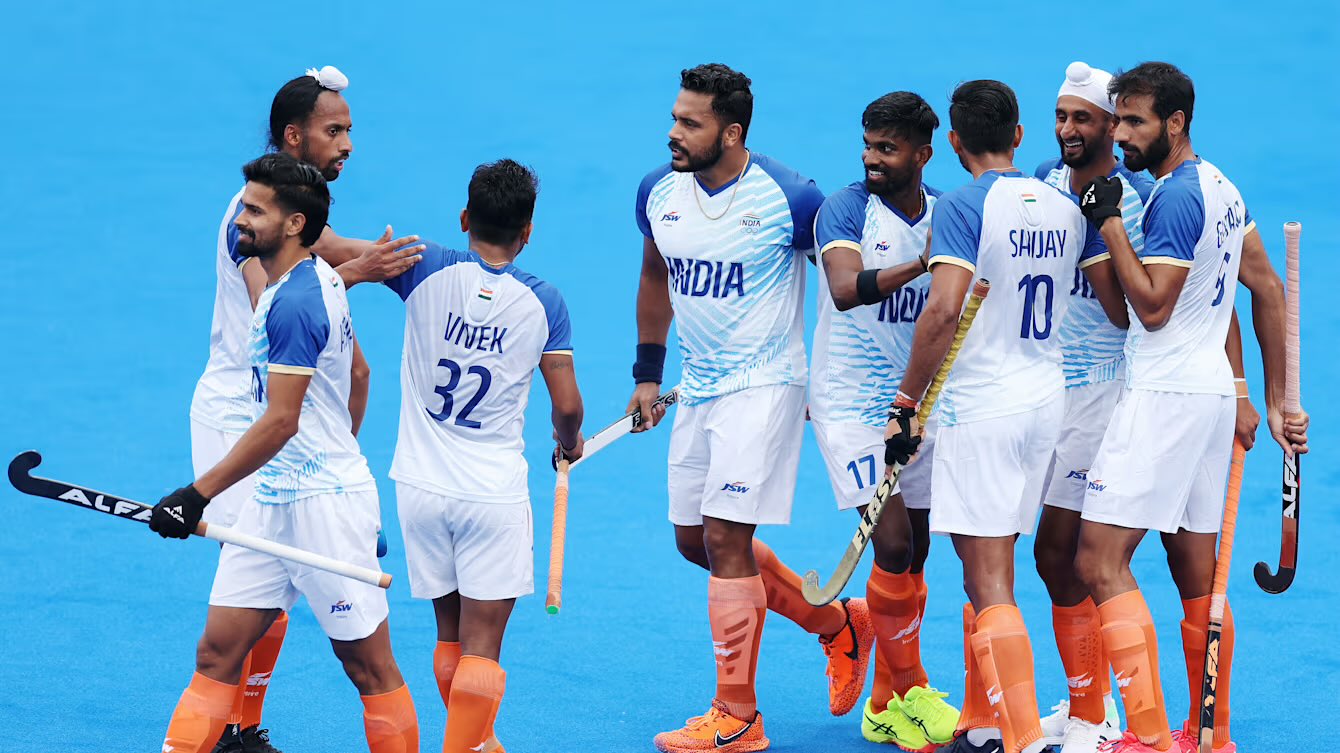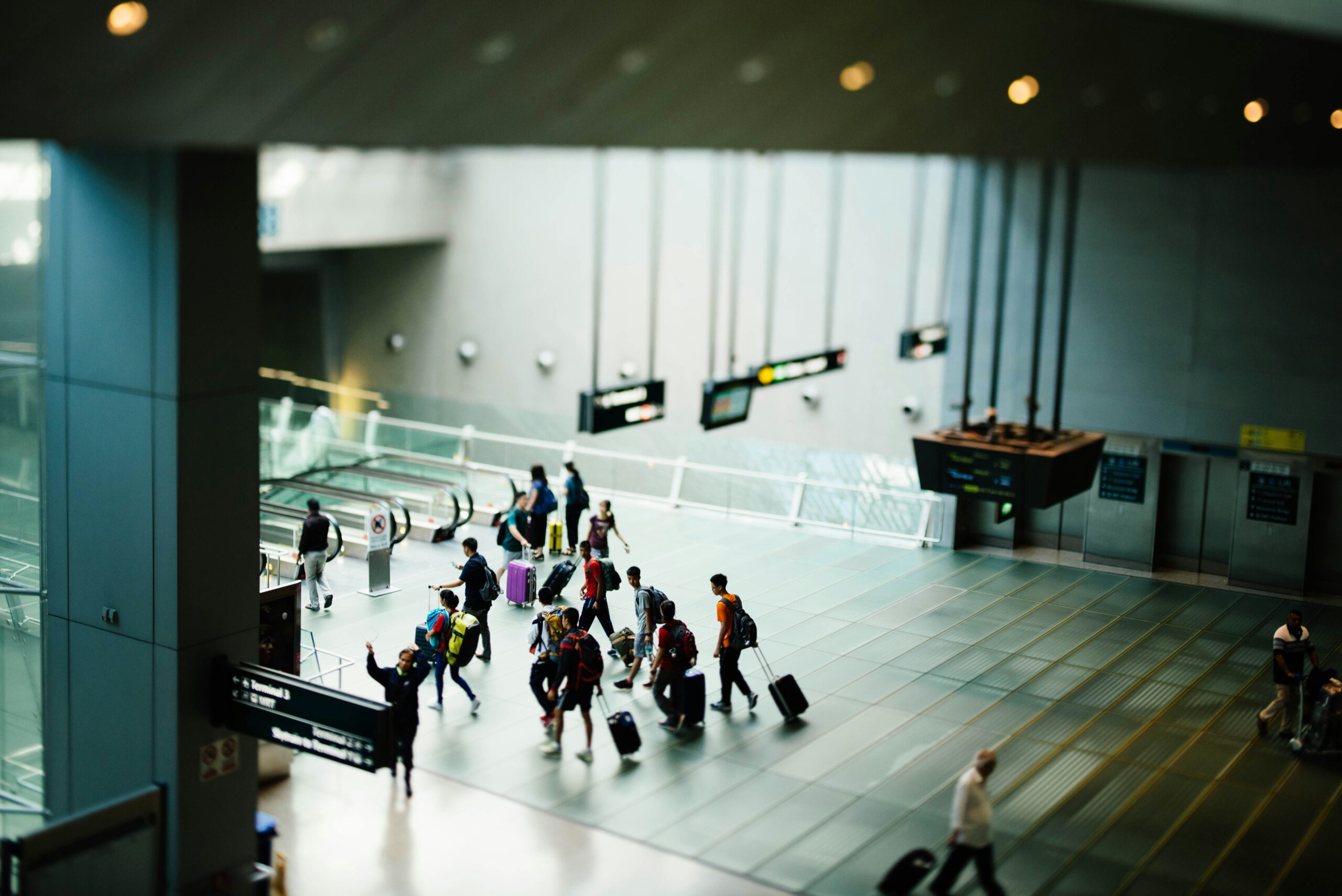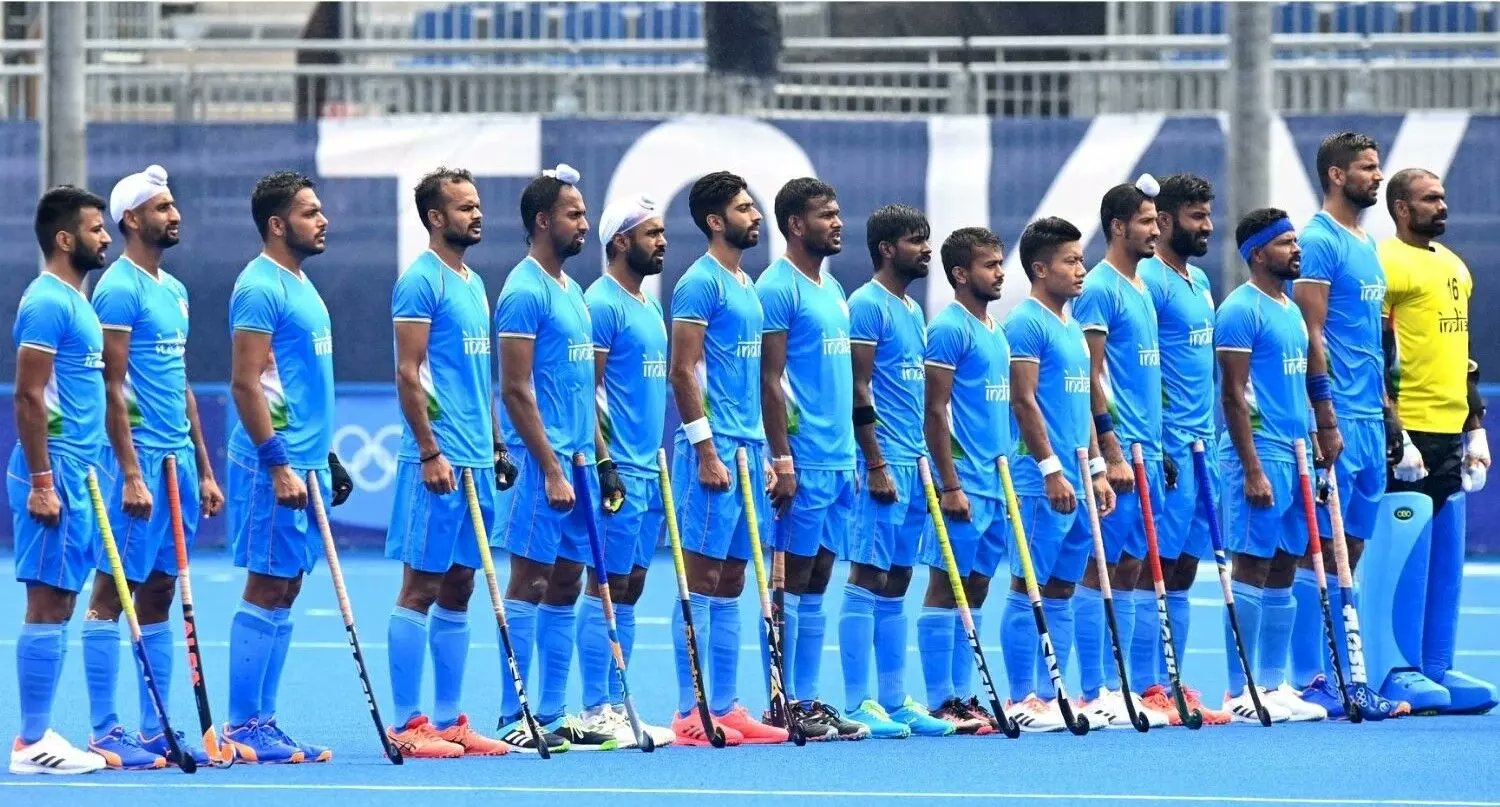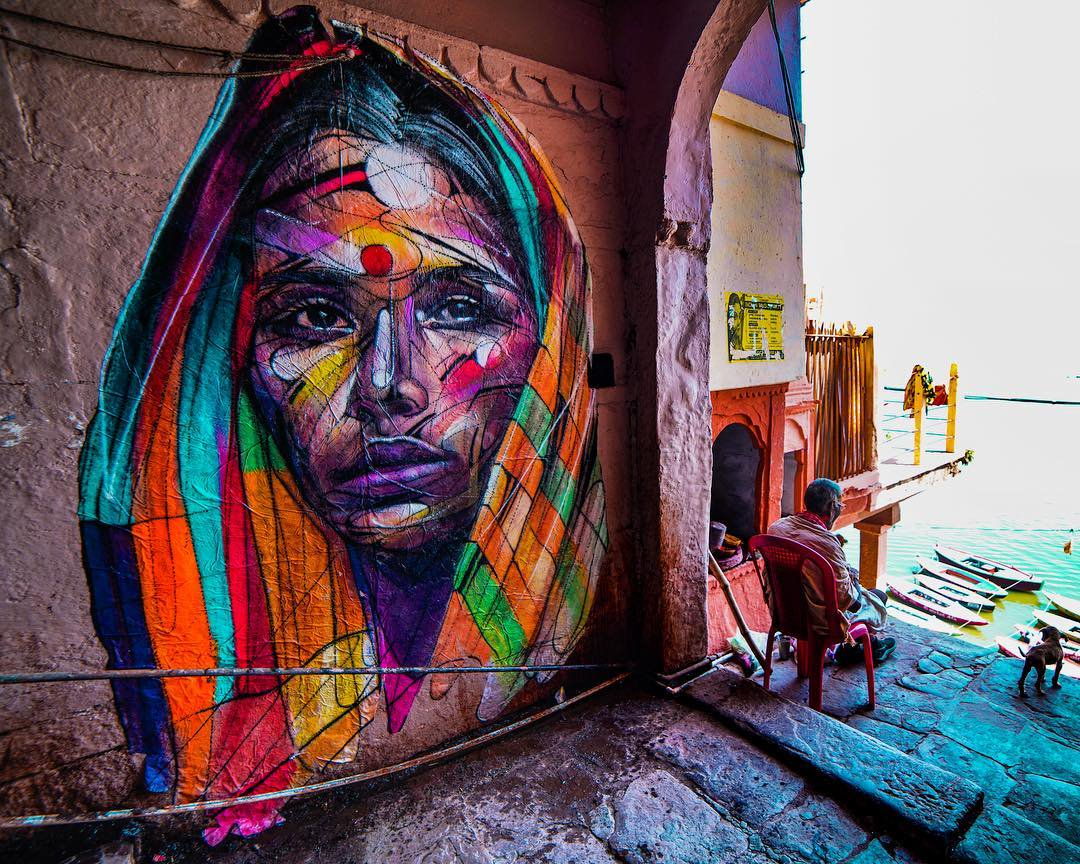Torrential rains have battered parts of Gujarat this week, leading to widespread flooding, utility disruptions, and mass evacuations. At least 28 people have lost their lives, and thousands have been forced to leave their homes as the state grapples with one of the worst floods in recent years. Authorities have issued warnings of even heavier downpours in the coming days, further heightening fears in already devastated areas.
Severe Flooding Across Gujarat
The unrelenting monsoon rains have wreaked havoc across multiple cities and towns in Gujarat, submerging roads and buildings under waist-deep water. The floods have caused widespread disruption to daily life, snapping power lines, water supply, and transportation networks in several districts. In particular, cities like Vadodara, Jamnagar, and Rajkot have been severely impacted, with overflowing rivers and breached embankments exacerbating the crisis.
Residents of affected areas are facing immense challenges as vehicles remain partly submerged, streets resemble rivers, and essential services are crippled. “The water rose rapidly, and we had no time to save anything,” said Mehul Patel, a resident of Jamnagar. “Our home is under water, and we are seeking shelter in a relief camp.”
The situation has been particularly dire in low-lying areas, where homes and shops have been inundated, forcing people to abandon their belongings and flee to safer locations. The Indian Army and National Disaster Response Force (NDRF) have been called in to assist with rescue operations, providing much-needed relief to thousands of stranded residents.
Indian Army and NDRF Lead Rescue Efforts
In response to a request from the Gujarat government, six columns of the Indian Army have been deployed to the worst-affected regions. These teams are working tirelessly to rescue people trapped in flooded areas, using boats and other equipment to navigate through the submerged streets. The NDRF has already rescued 95 people, and additional teams are being mobilized to further intensify relief efforts.
According to the State Emergency Operation Centre (SEOC), more than 18,000 people have been relocated from flood-hit areas to temporary shelters set up by the government. Helicopters have been used in several cases to airlift people from rooftops and other precarious locations. “We are working round the clock to ensure the safety of all affected residents,” said an SEOC official. “The priority is to get people to higher ground and provide them with food, water, and medical assistance.”
The Indian Air Force has also been placed on standby, with helicopters and aircraft ready to be deployed for aerial surveys and emergency evacuations if the situation worsens.
Prime Minister Modi in Constant Touch with Gujarat Authorities
Gujarat Chief Minister Bhupendra Patel confirmed that Prime Minister Narendra Modi is closely monitoring the flood situation in his home state. On Thursday morning, the Prime Minister had a telephonic conversation with the Chief Minister to inquire about the ongoing relief operations and the state’s preparedness for the forecasted heavy rains. PM Modi assured all possible support from the central government and directed officials to ensure a coordinated and swift response to the crisis.
Chief Minister Patel has been personally overseeing the relief efforts and has urged the public to stay calm and cooperate with the authorities. “We are doing everything in our power to mitigate the impact of the floods and protect our people,” he said in a statement. “I urge everyone to avoid unnecessary travel, stay indoors, and follow the advisories issued by local authorities.”
The Gujarat government has also announced an ex-gratia payment of ₹4 lakh to the families of those who have lost their lives in the floods, along with compensation for damaged homes and lost livestock.
Transportation and Infrastructure Hit Hard
The incessant rainfall has taken a significant toll on the state’s infrastructure, with roads and bridges bearing the brunt of the damage. In Jamnagar, the road connecting Padana Patiya to Changa Patiya has been closed to traffic due to severe flooding. A portion of a small bridge over Sir PN Road was washed away, further complicating travel for residents and emergency services.
Several highways have been rendered impassable, with vehicles stranded for hours as authorities work to clear debris and pump out floodwater. The state’s railway network has also been disrupted, with several train services canceled or delayed as tracks remain submerged in certain sections.
The Western Railway authorities have issued alerts regarding possible cancellations and delays of train services between major cities, advising passengers to check the status of their trains before setting out.
Power outages have been reported in many parts of the state, particularly in rural areas, where downed lines and damaged substations have left thousands of households without electricity. Utility workers are racing against time to restore power, but continuous rainfall is hampering their efforts.
Slight Improvement as Rainfall Subsides
As of Thursday, the situation in some parts of Gujarat showed signs of slight improvement as the intensity of the rainfall decreased. However, authorities have cautioned that several areas, especially Vadodara, continue to face flood-like conditions due to the swelling rivers and reservoirs.
Water levels in rivers such as the Vishwamitri, Tapi, and Narmada have risen to dangerous levels, prompting local administrations to issue alerts and urge people to evacuate from flood-prone zones. “While the rainfall has subsided in some regions, the threat is far from over,” said a senior meteorologist. “The weather department has forecast more rainfall in the next few days, which could worsen the situation.”
Relief Camps and Medical Assistance
The Gujarat government has set up over 100 relief camps in various districts to accommodate displaced residents. These camps are equipped with basic amenities, including food, water, and medical supplies. Health officials are also on high alert to prevent the outbreak of waterborne diseases such as cholera and typhoid, which are common after floods.
Mobile medical units have been deployed to provide on-site treatment to those in need, while hospitals in affected districts have been instructed to remain on standby for emergency cases.
The central government has pledged to send additional resources, including more NDRF teams and medical supplies, to assist with relief and rehabilitation efforts in Gujarat.
Warnings of More Rain
As the state continues to battle the aftermath of this week’s deluge, the India Meteorological Department (IMD) has warned of more heavy to very heavy rainfall in the coming days. Several districts, including Surat, Navsari, and Valsad, are likely to experience further downpours, increasing the risk of additional flooding.
“People living in low-lying areas should remain vigilant and be prepared to evacuate if necessary,” said an IMD official. “We are constantly monitoring the situation and will issue updates as needed.”
The state government has urged citizens to stay indoors and avoid venturing into flood-hit areas. Schools and colleges in the affected districts have been closed until further notice.
Overview
As Gujarat grapples with the aftermath of relentless rains and floods, the priority remains the safety and well-being of its people. While rescue and relief operations continue unabated, the threat of more rain looms large. The resilience and determination of the people, combined with the concerted efforts of the authorities, will be crucial in overcoming this natural calamity.


